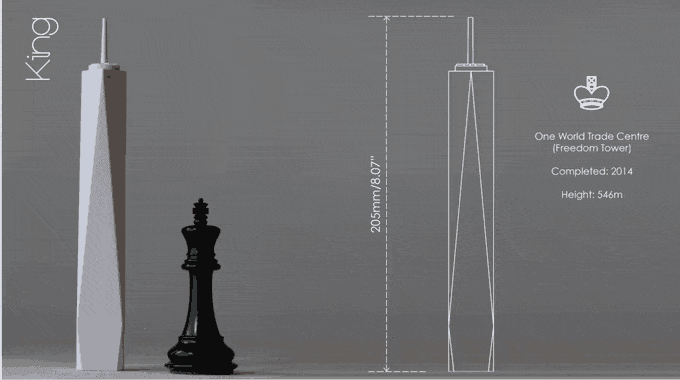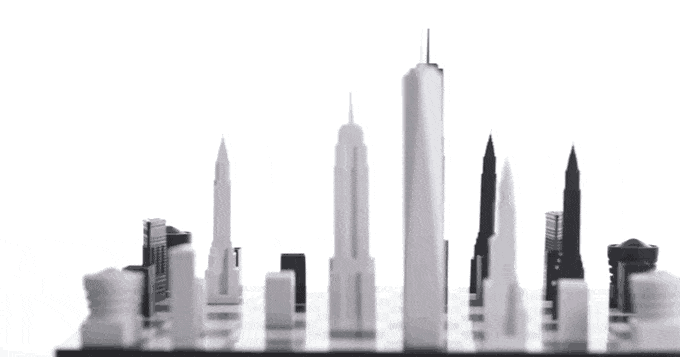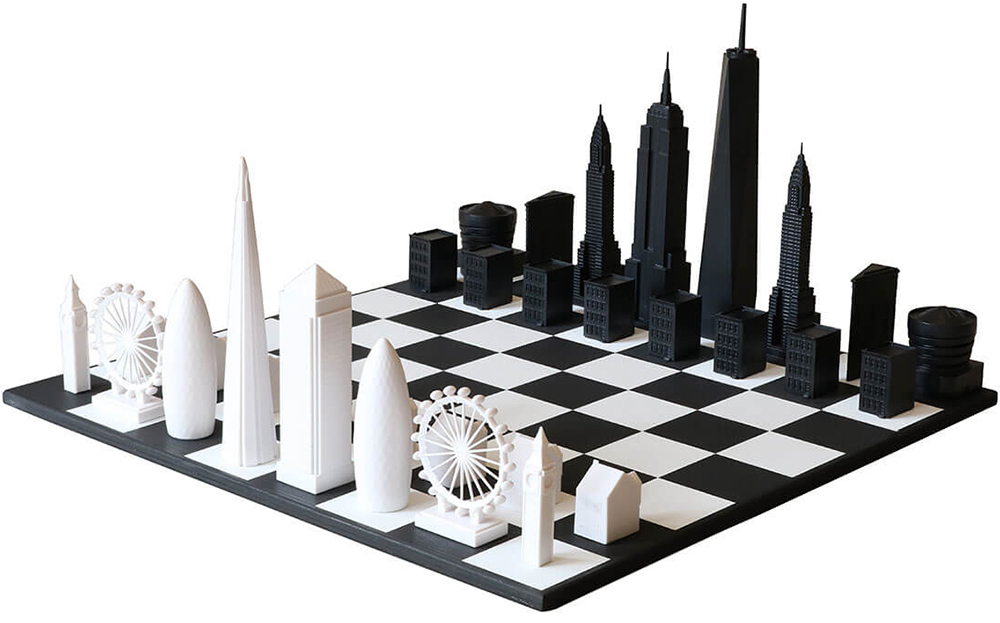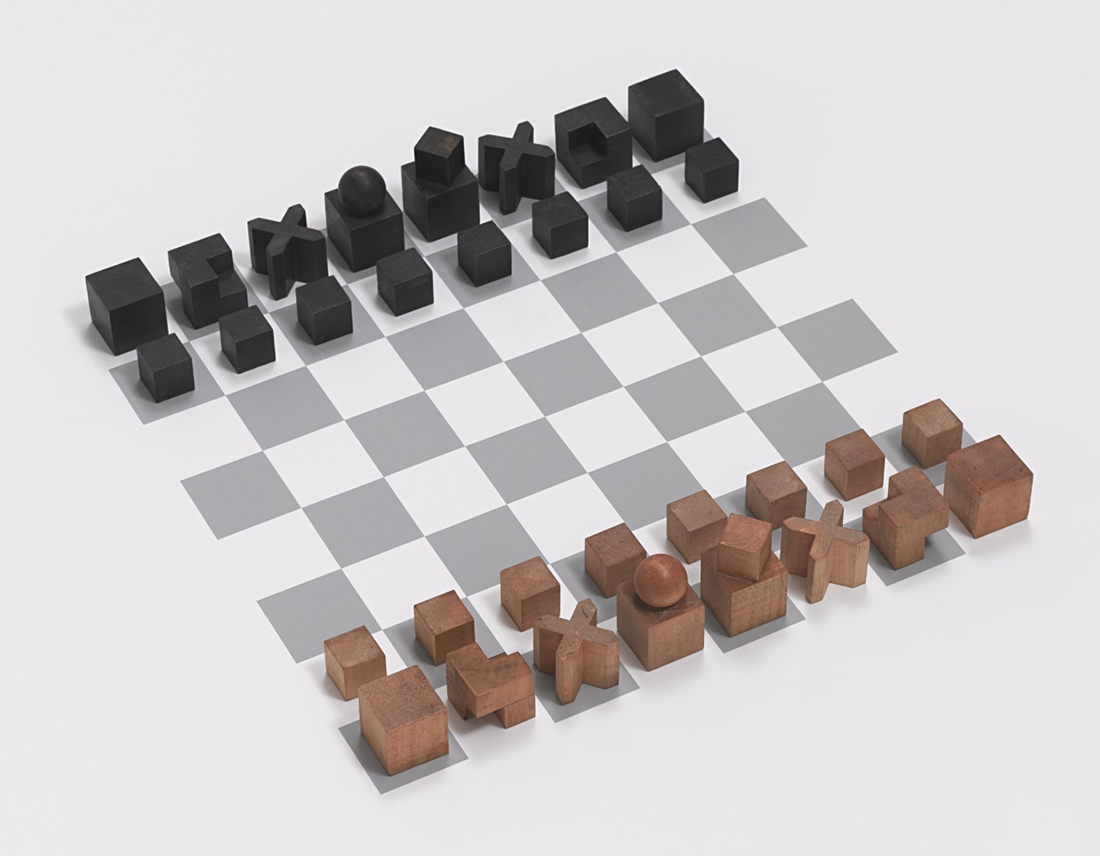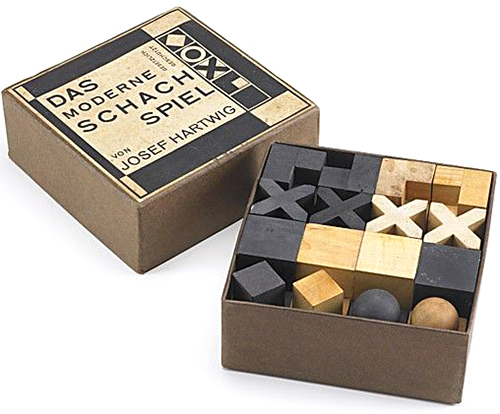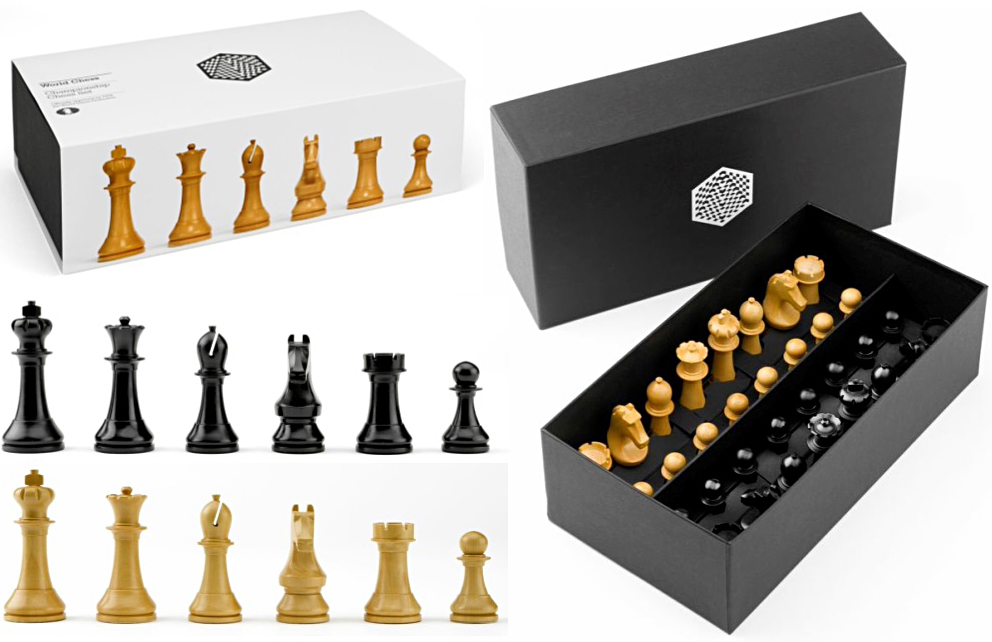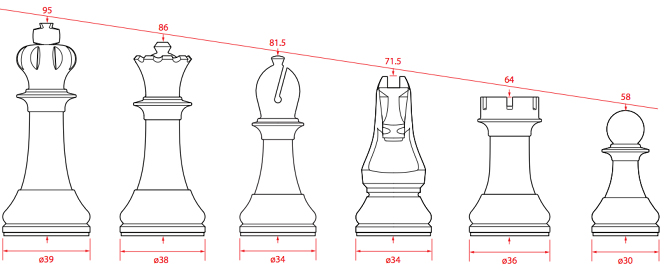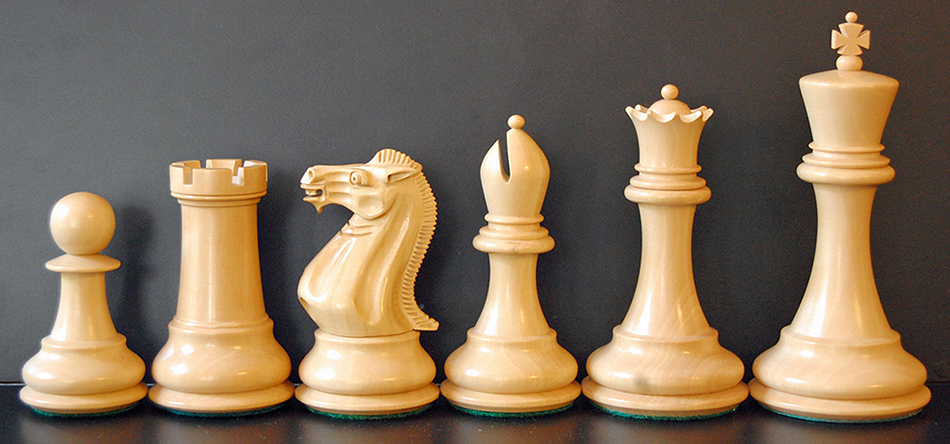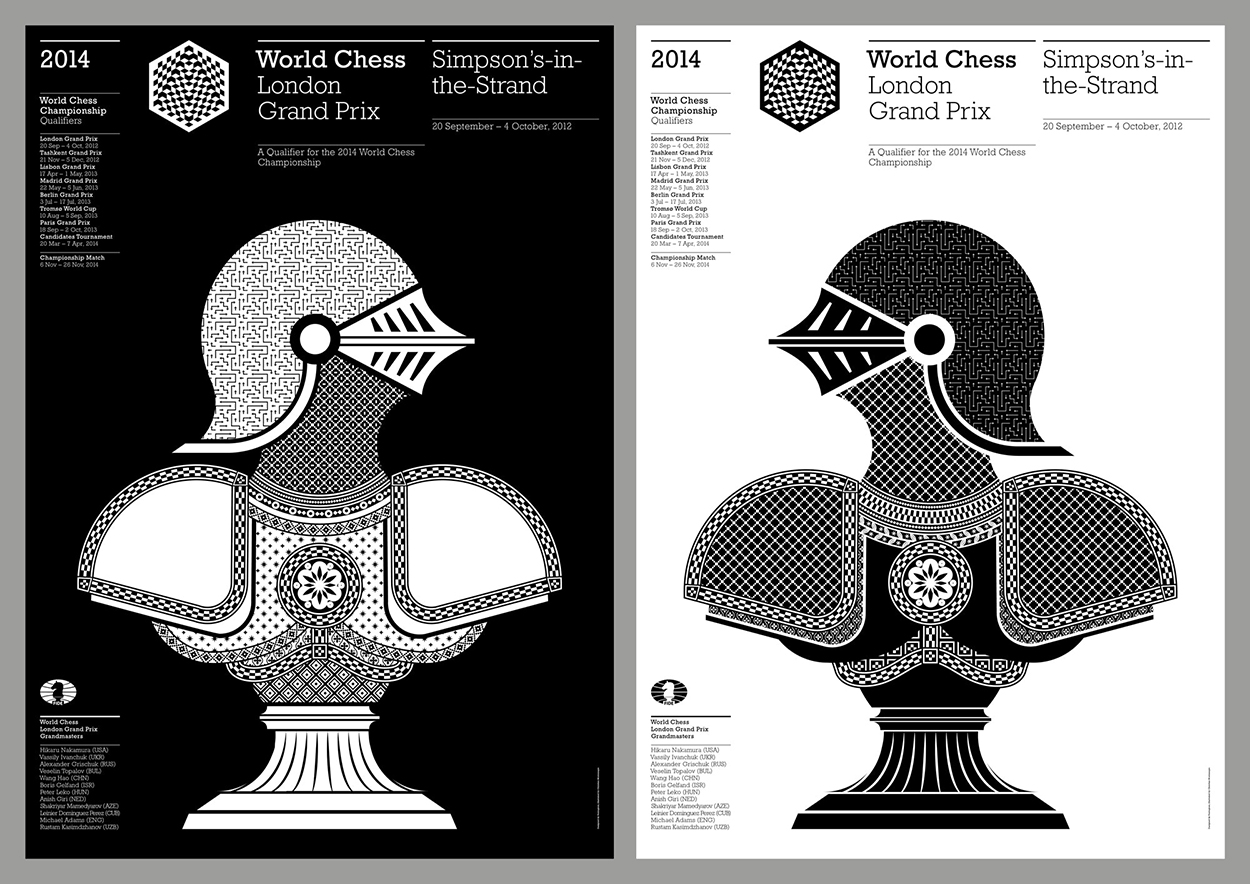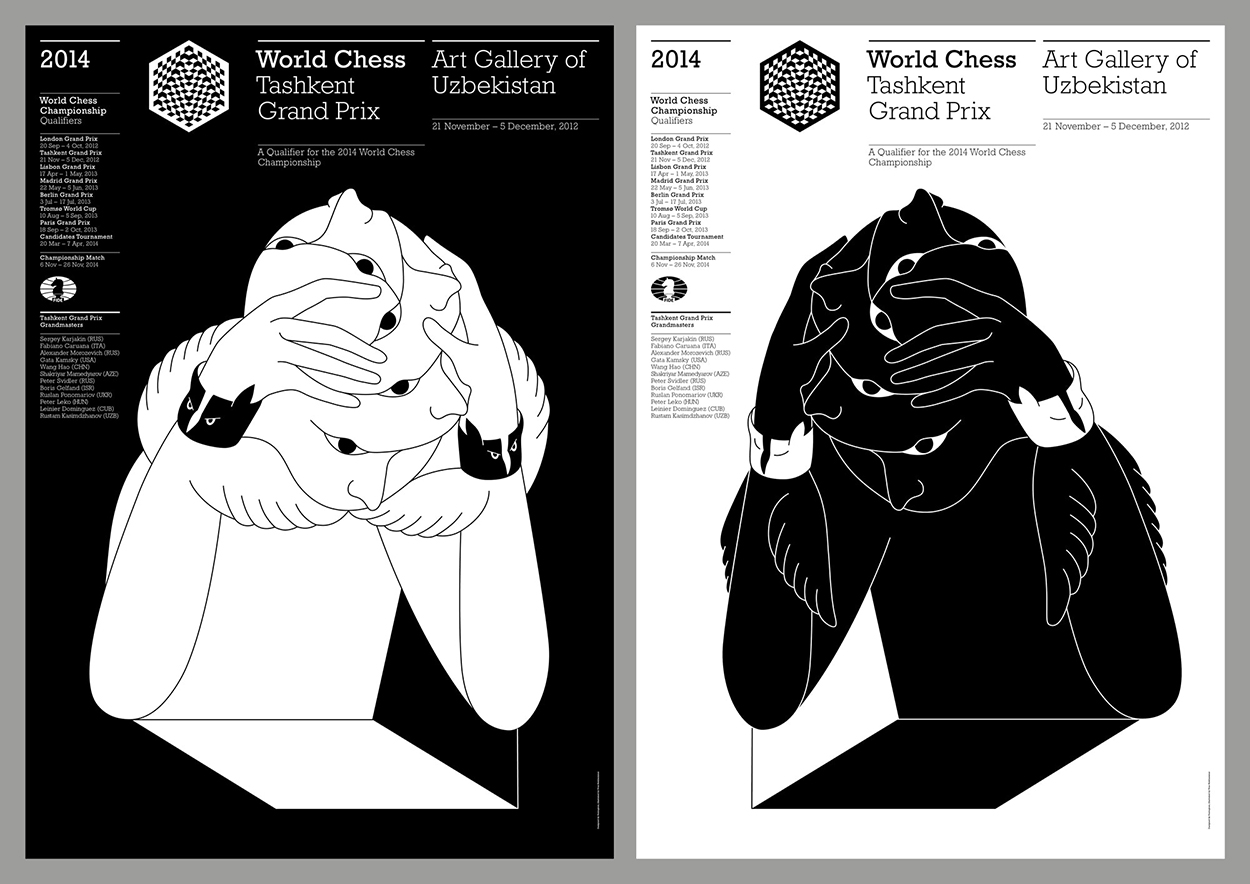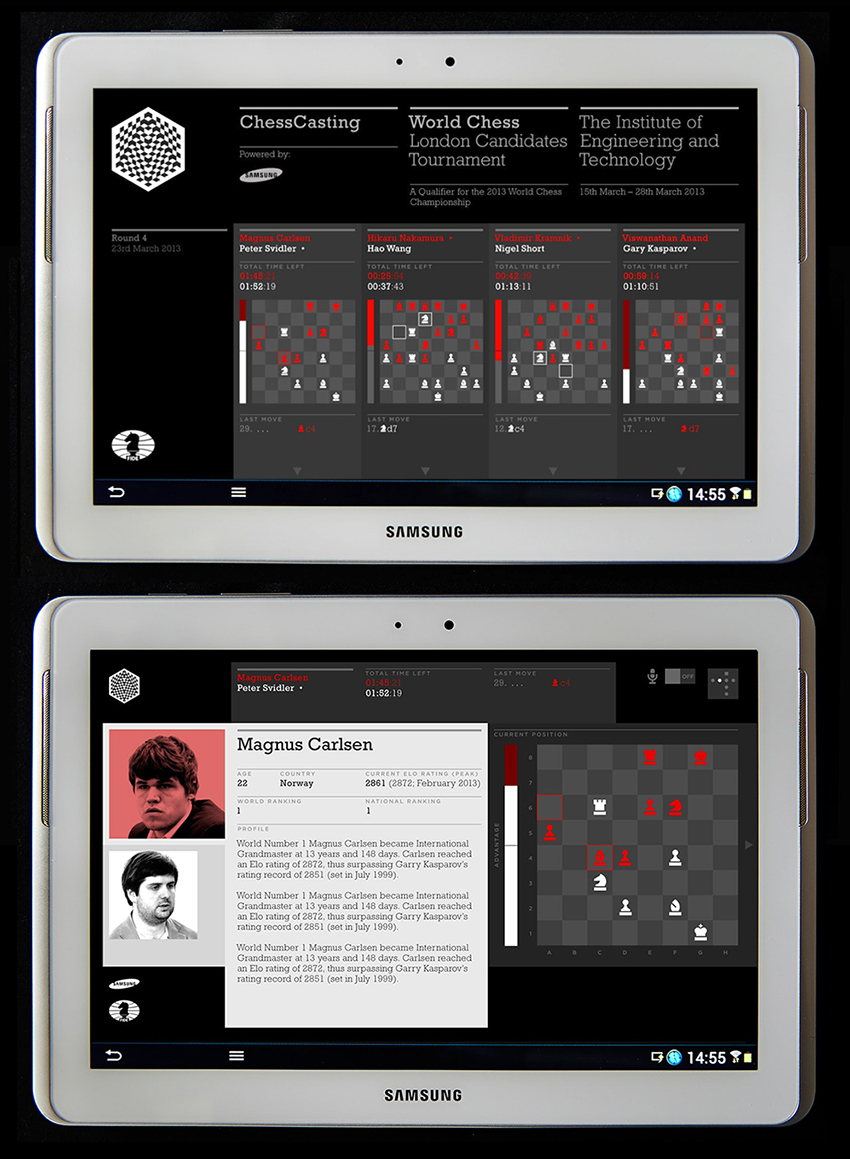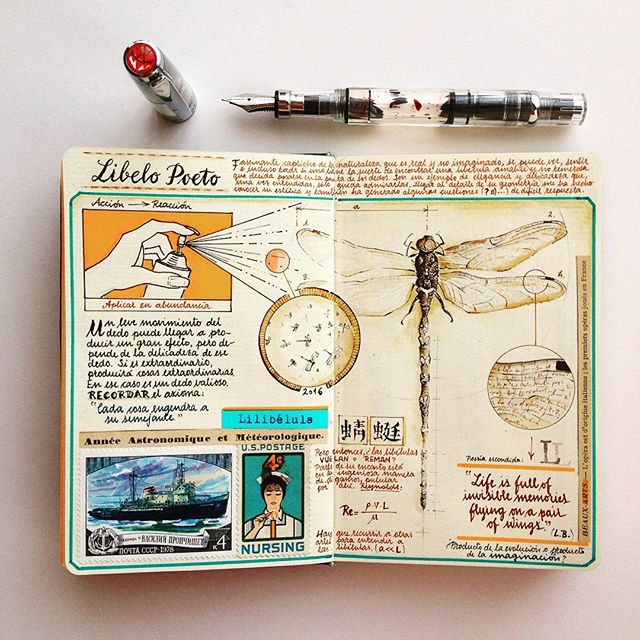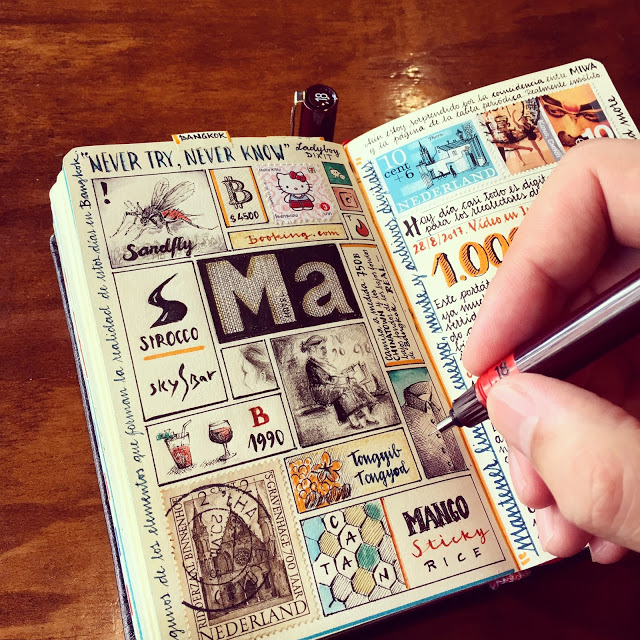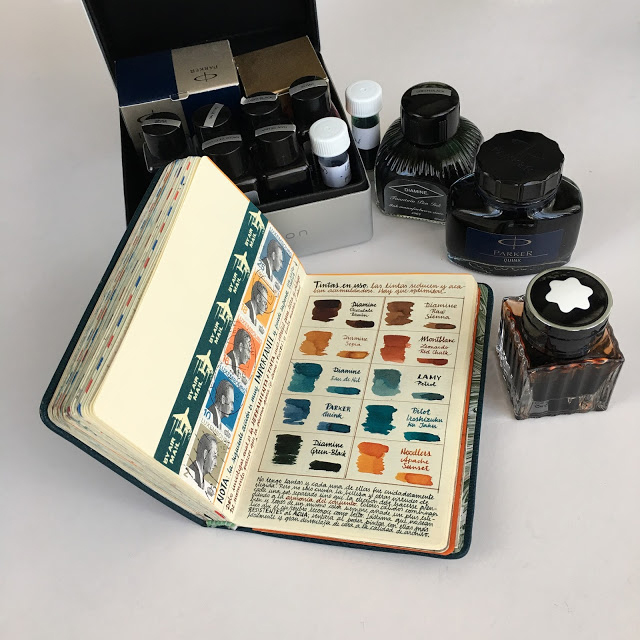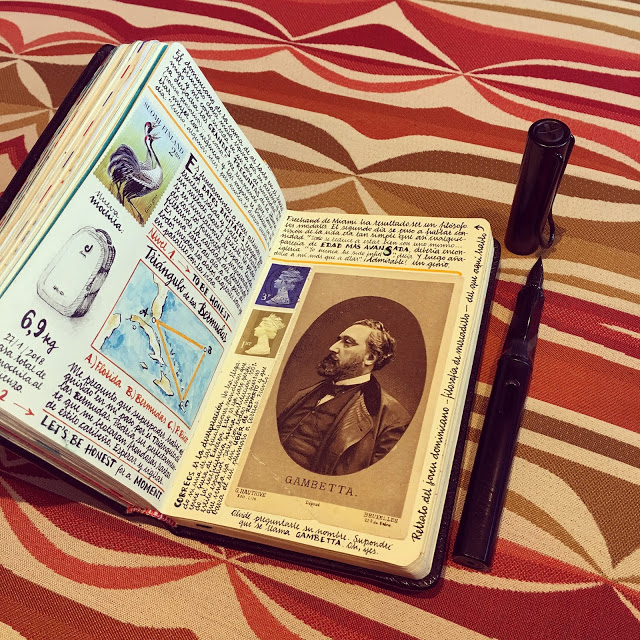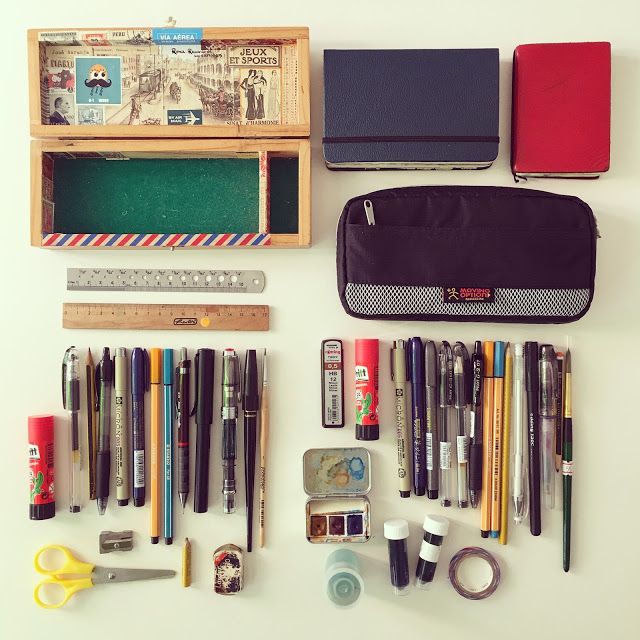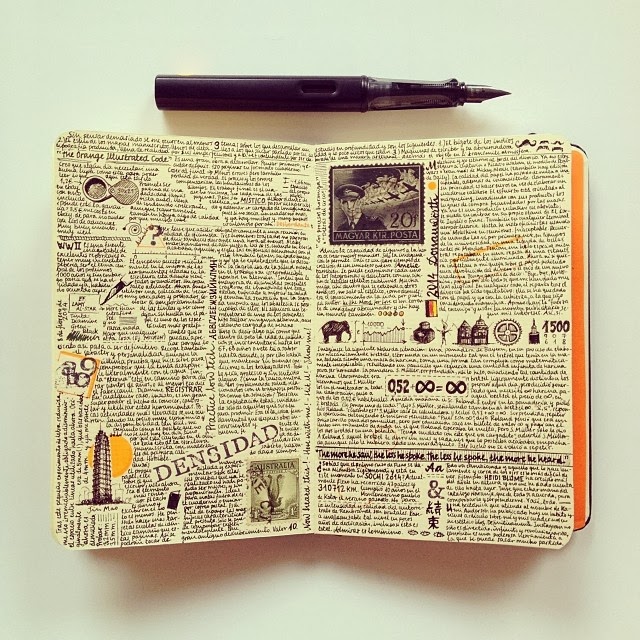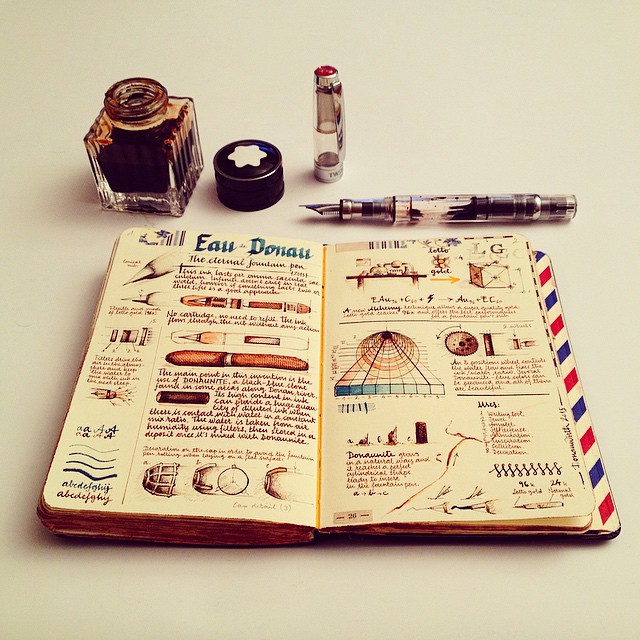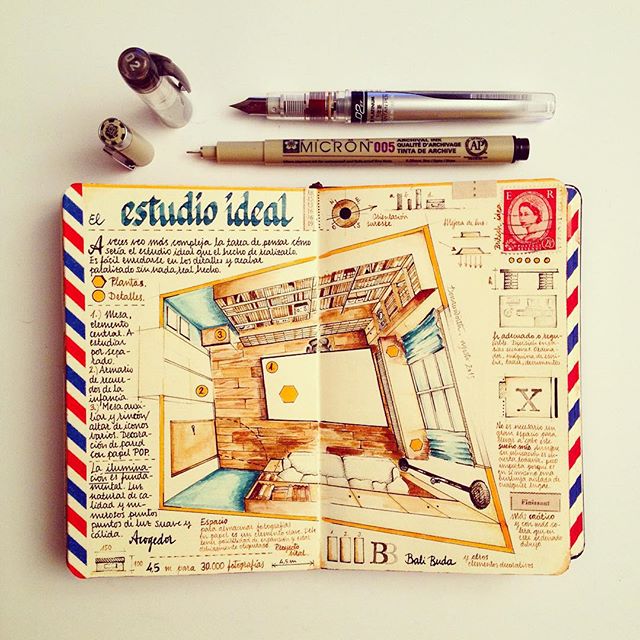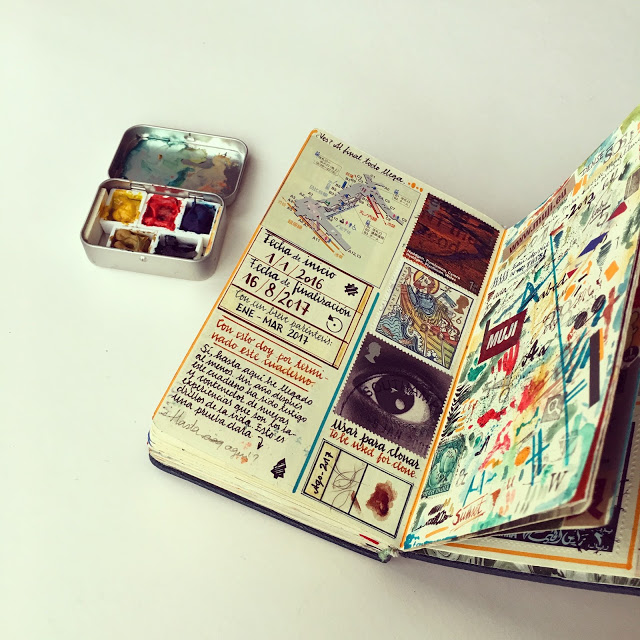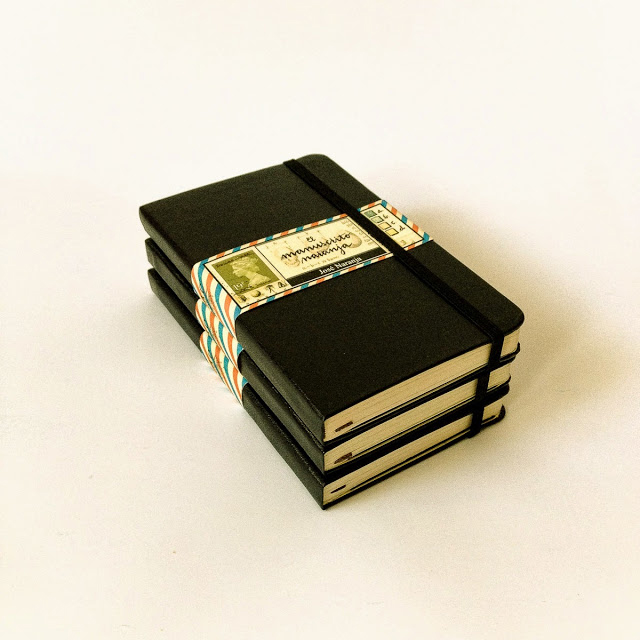UNUSUAL IDEAS FOR BUILDINGS (SOME OF WHICH WERE BUILT).
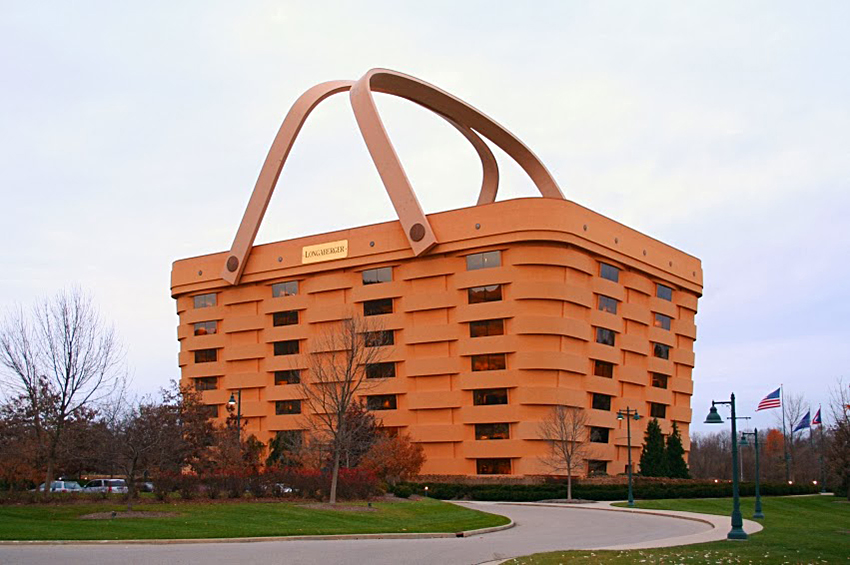
OBJECT-DRIVEN
Here in Ohio, we have a giant picnic basket building. It was the headquarters of the Longaberger Company until 2016, and is a surprisingly accurate representation of their Medium Market Basket. Last year it was sold to a developer.
Photograph by Derek Jensen.
The National Fisheries Development Board (India) has an interesting regional office. It’s in Hyderabad.
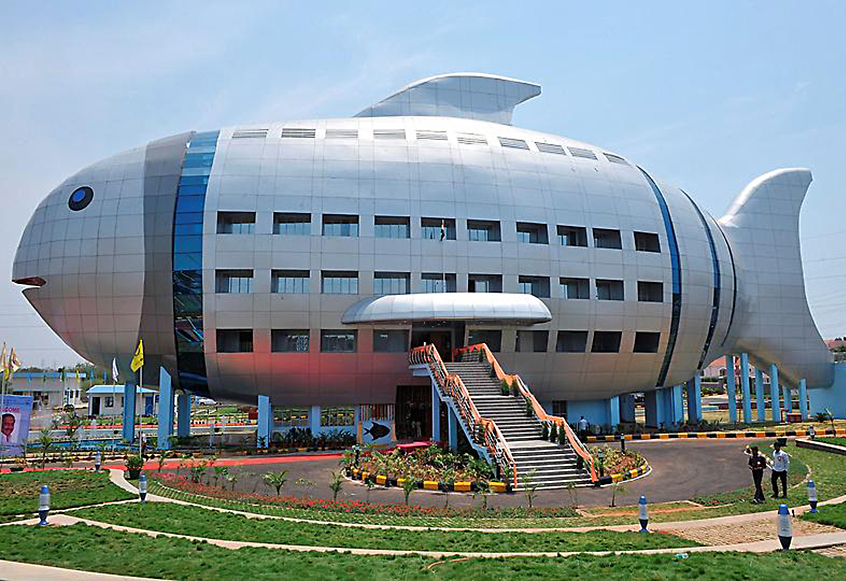
The Piano House in Huainan, China is built in the shape of a piano and violin. It’s currently a showroom for the district of Shannan.
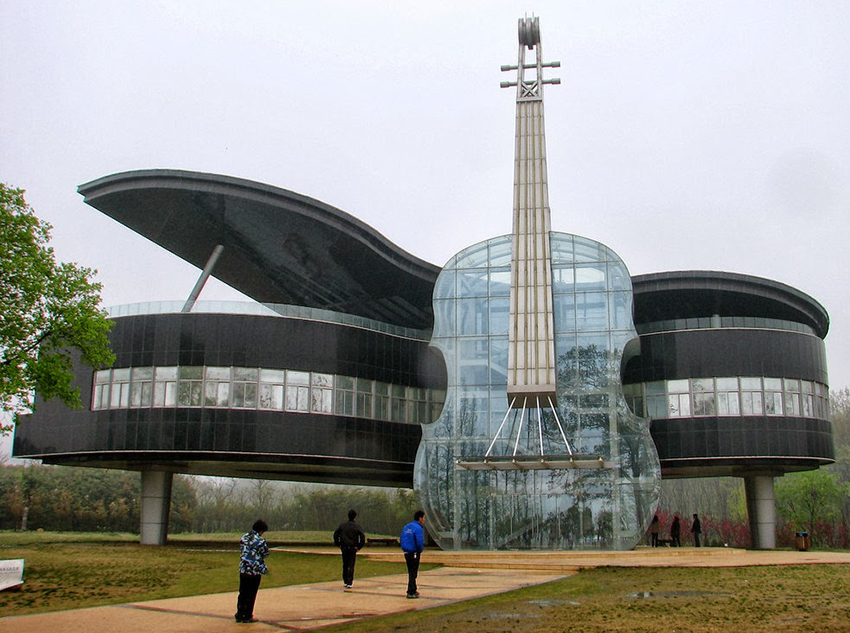
OVER-SIZED
THE ULTIMATE HOME
This might look like a cathedral, but it’s a very large house. For one person.
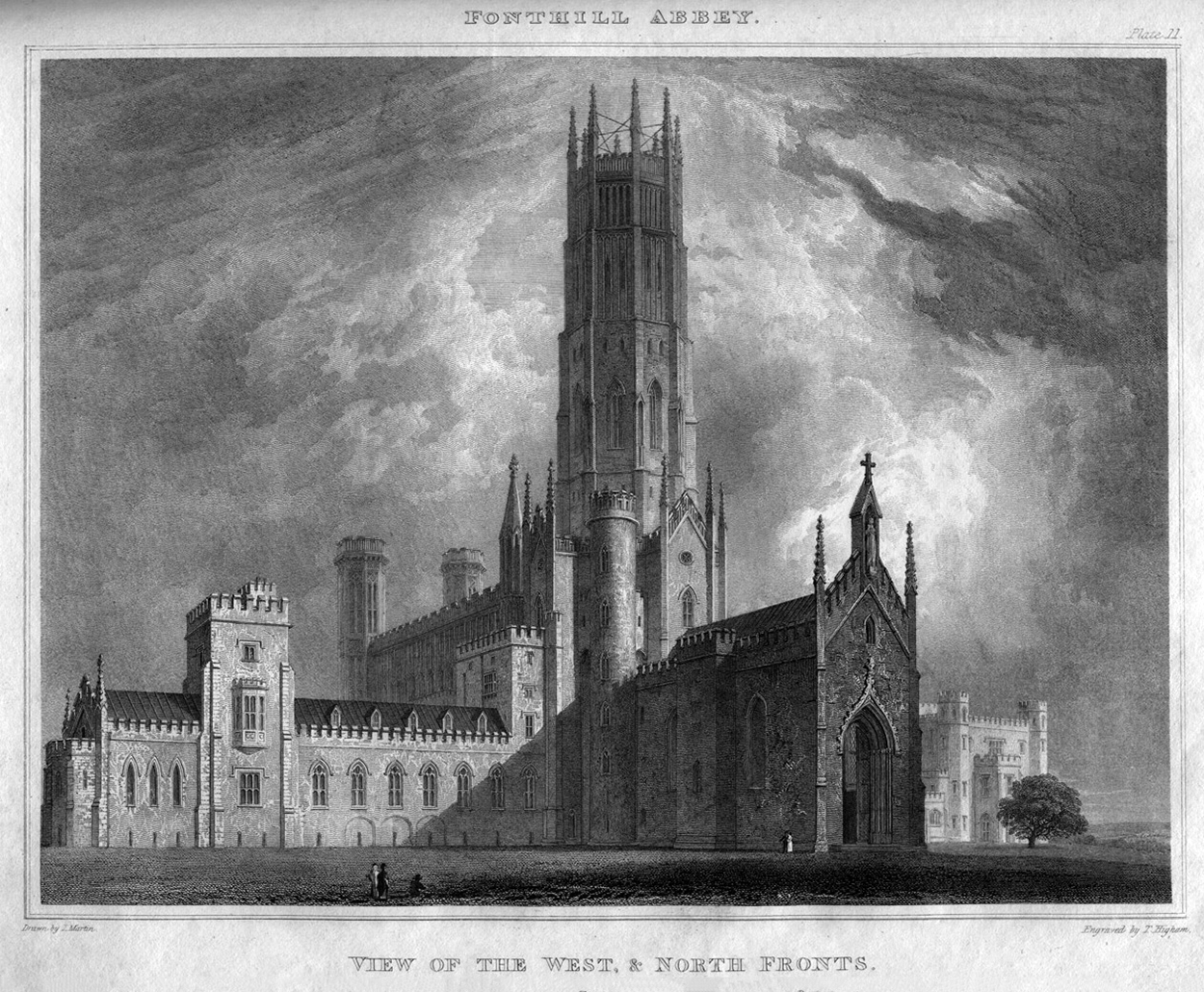
William Beckford’s extravagant Fonthill Abbey was also known as “Beckford’s Folly,” and unlike some of the other examples below, it was actually constructed. Work began in 1796, and was completed in 1813. Beckford lived on his own in the house and only used one bedroom. Guests would have been quite impressed entering through the Great Western Hall.
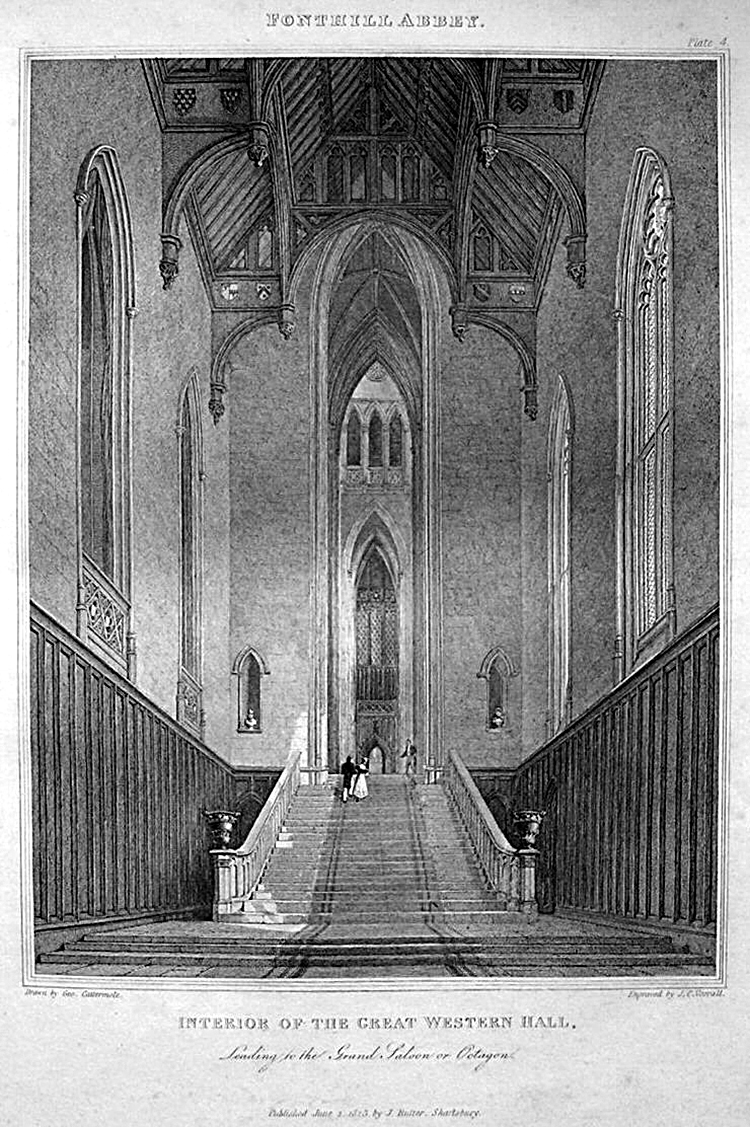
Unfortunately, the 270-foot tower (82 meters) collapsed in 1807 (shown below). A replacement tower of the same height took six years to build, but it also collapsed. So over the following seven years, another tower (much shorter at 145 feet tall, 44 meters) was built. A footnote: after Beckford sold the house, the third tower collapsed too.
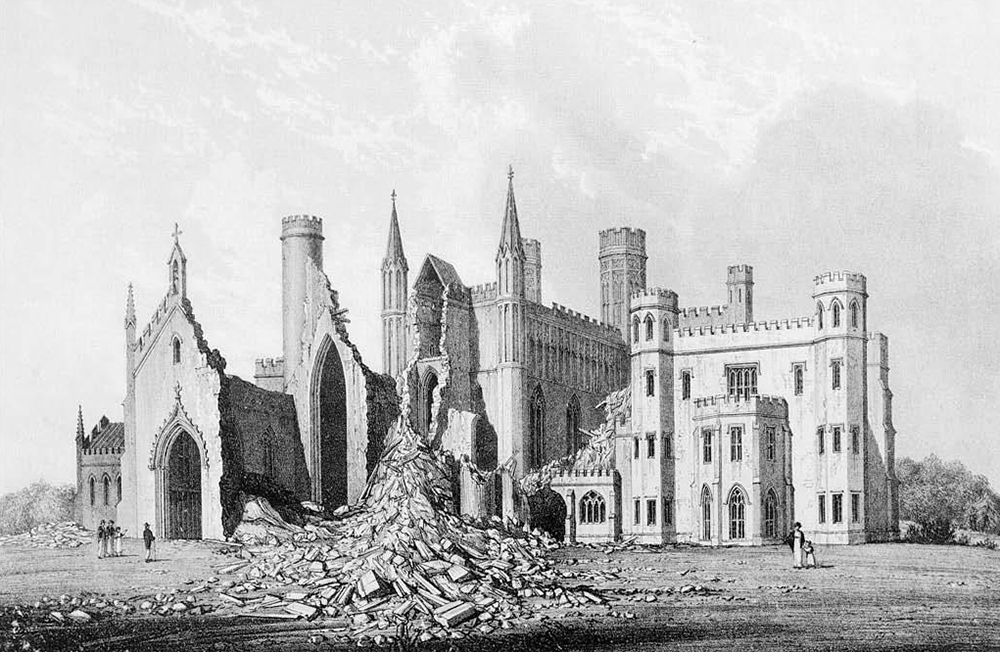
RESIDENTIAL SKYSCRAPER
Antilia is a much more recent example of an extravagant private residence. This 27-story, 568-foot tall, house (173 meters) is owned by Mukesh Ambani, and opened in 2010. It’s in Mumbai, which has a lot of poverty, and consequently the house drew considerable criticism. At a cost of around $2 billion, it’s the world’s most expensive residential building. A few items for a real estate listing: Nine elevators. Three helipads. Over 400,000 square feet of space. Parking for 168 cars.
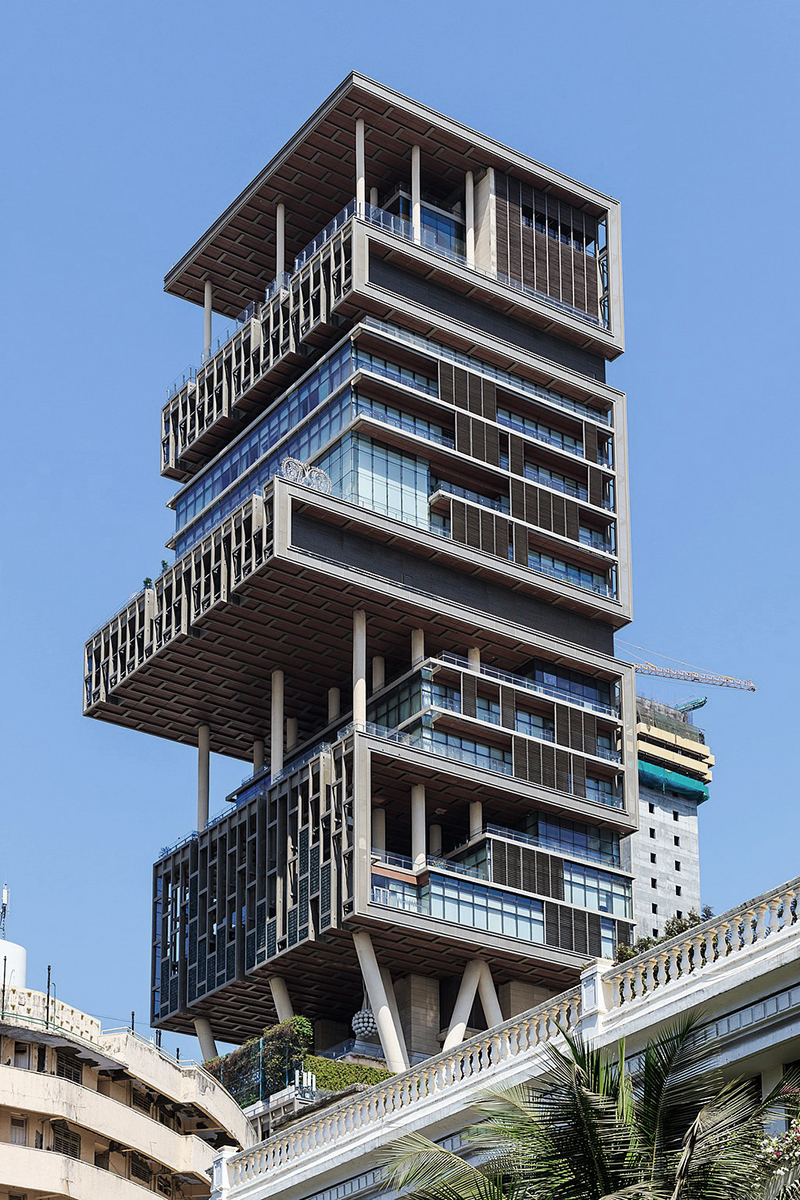
Photograph by A.Savin.
GERMANIA
Adolf Hitler had some big ideas for Berlin. His new capital, Welthaupstadt Germania (World Capital Germania), was designed to celebrate his victory in World War II. Albert Speer was the architect of the grand plan, which was (obviously) never realized. The colossal Volkshalle would have been over 656 feet (200 meters) high with room inside for 180,000 people.
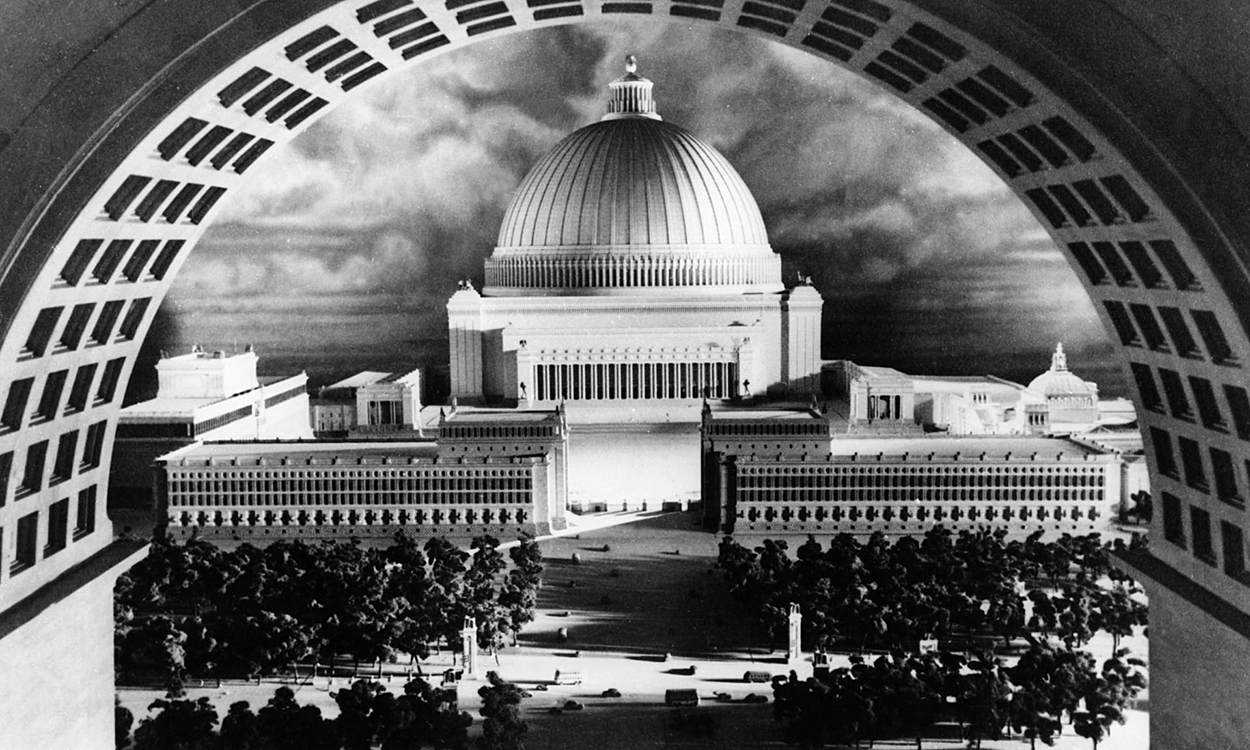
The Arch of Triumph, at around 330 feet (100 meters) tall, would have been large enough for the Arc de Triomphe (Paris) to fit inside it’s opening. The structure would have shown the names of the two million Germans who died in World War I.
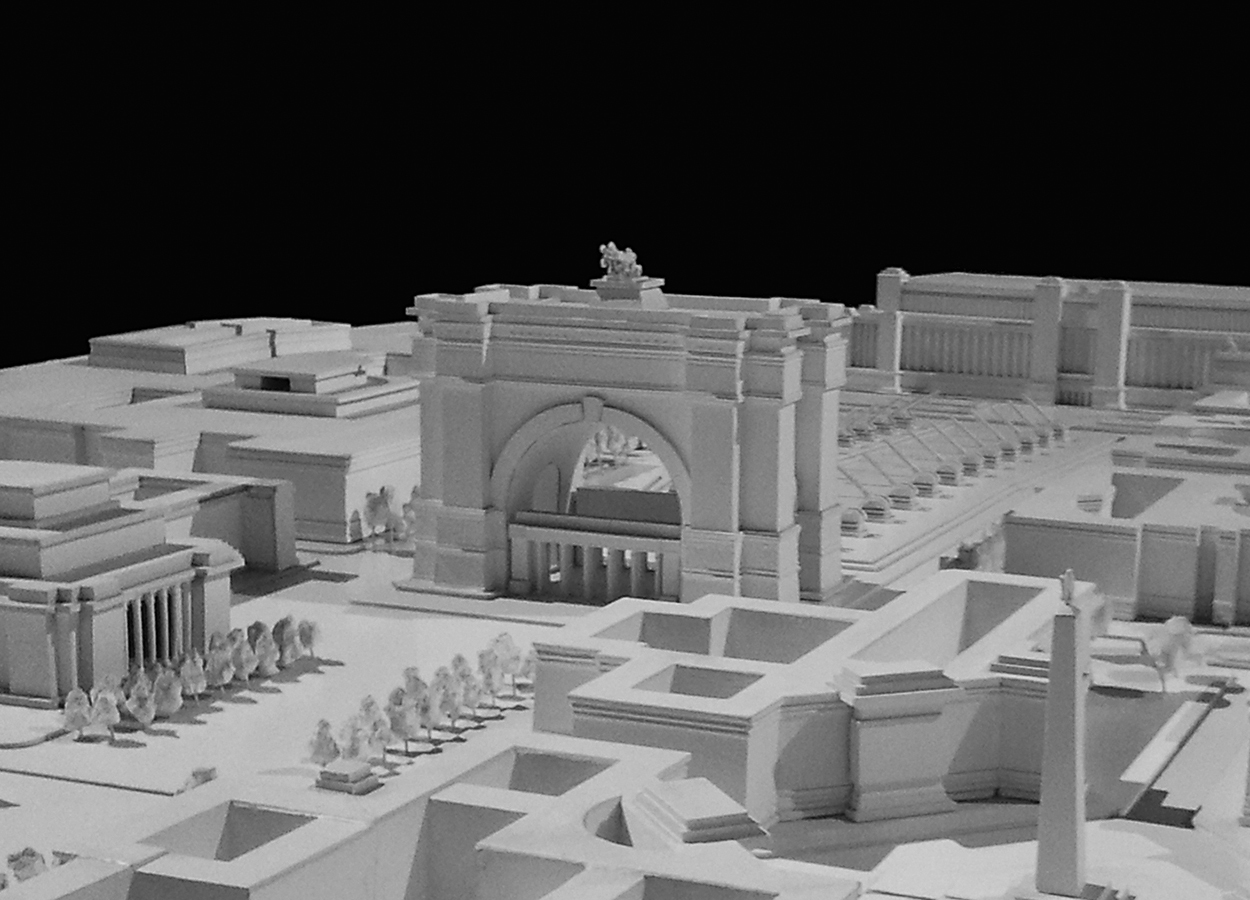
NEWTON FANTASY
Étienne-Louis Boullée designed a cenotaph for Isaac Newton in 1784. It was intended to be an impressive 500 feet (150 meters) tall. Holes in the dome would give the illusion of stars in the night sky.
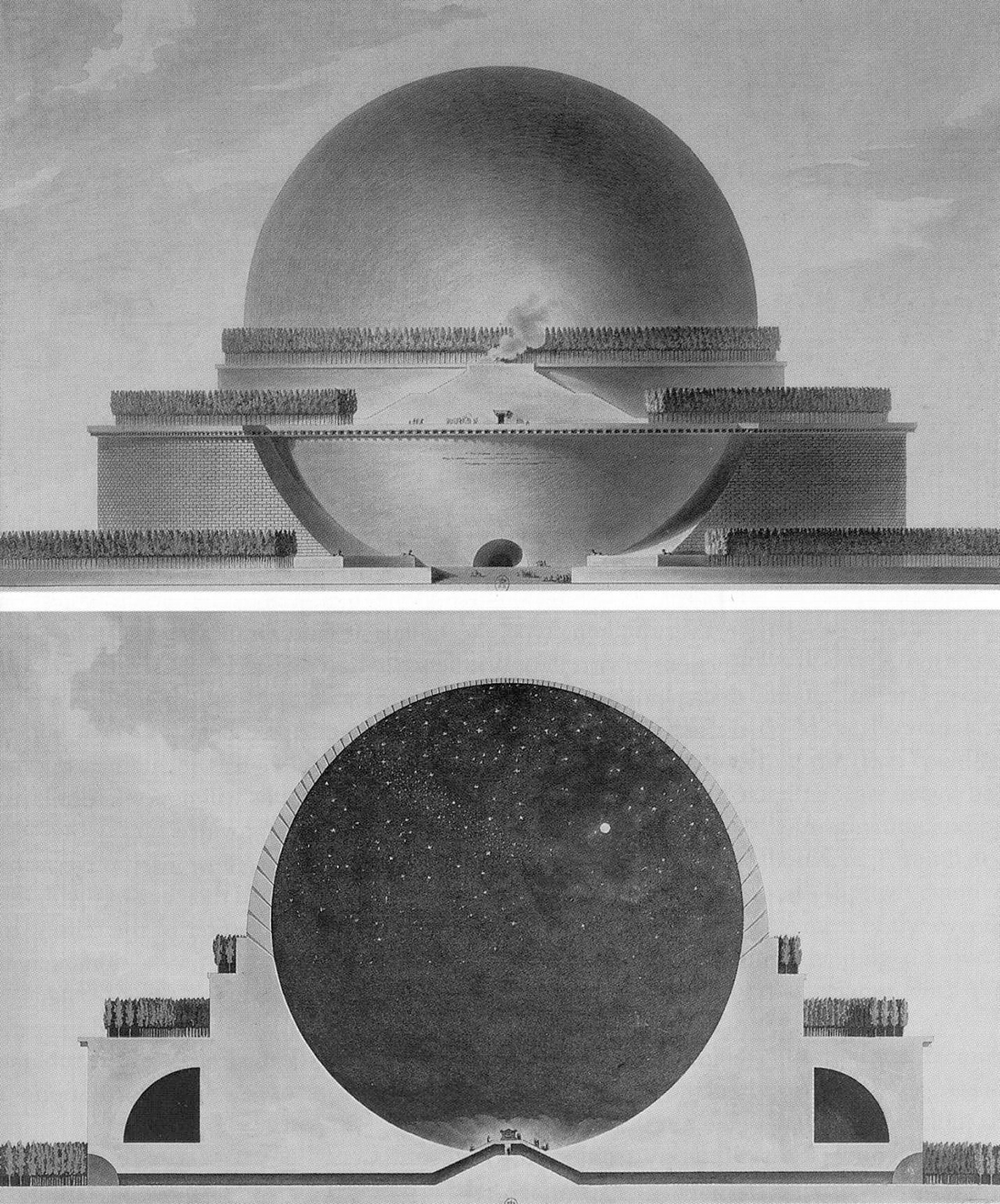
SOVIET SKYSCRAPER
Work on Moscow’s gigantic Palace of the Soviets began in 1937, but was stopped in 1941 because of the German invasion.
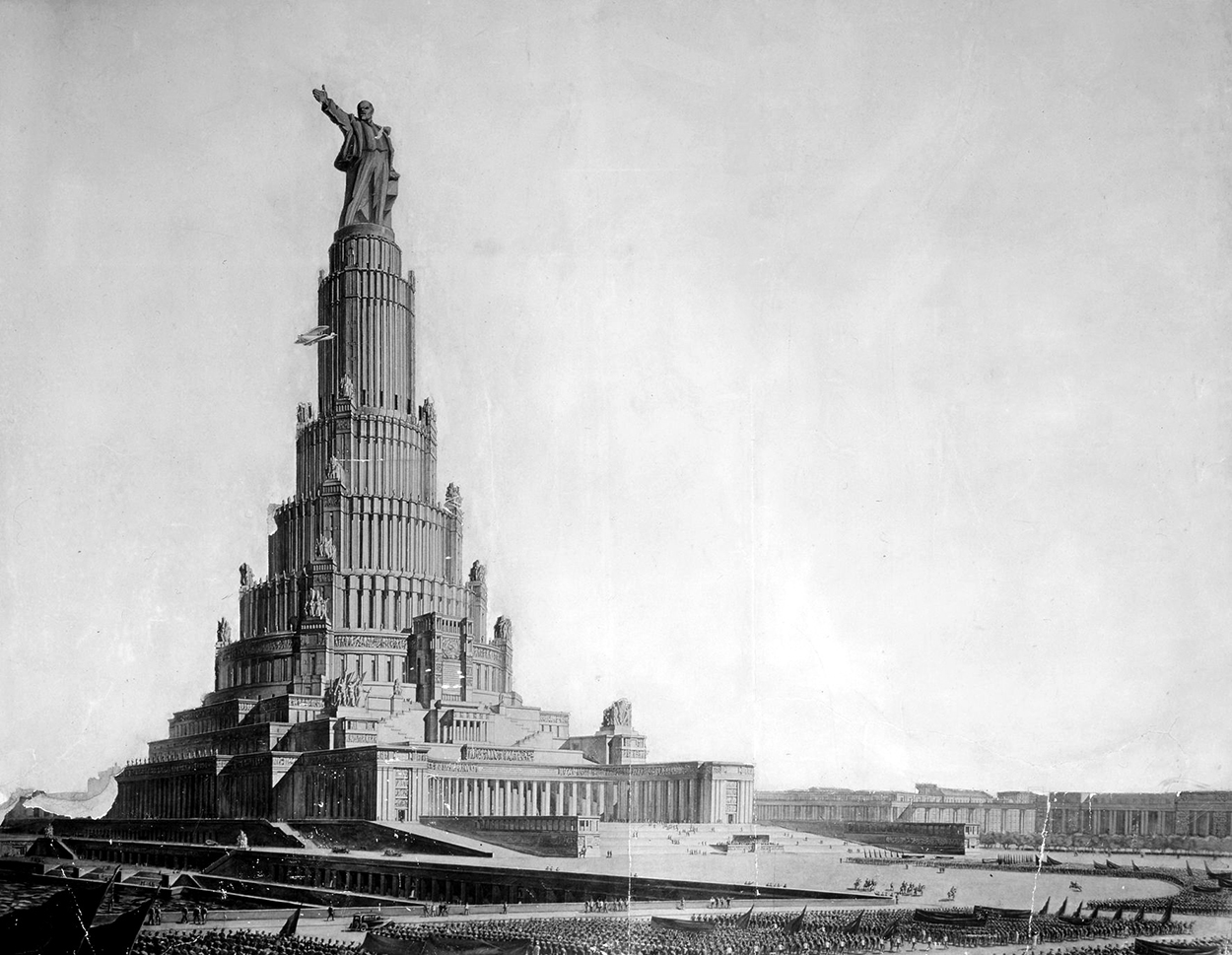
It would have surpassed the Empire State Building with a height of 1,624 feet (495 meters).
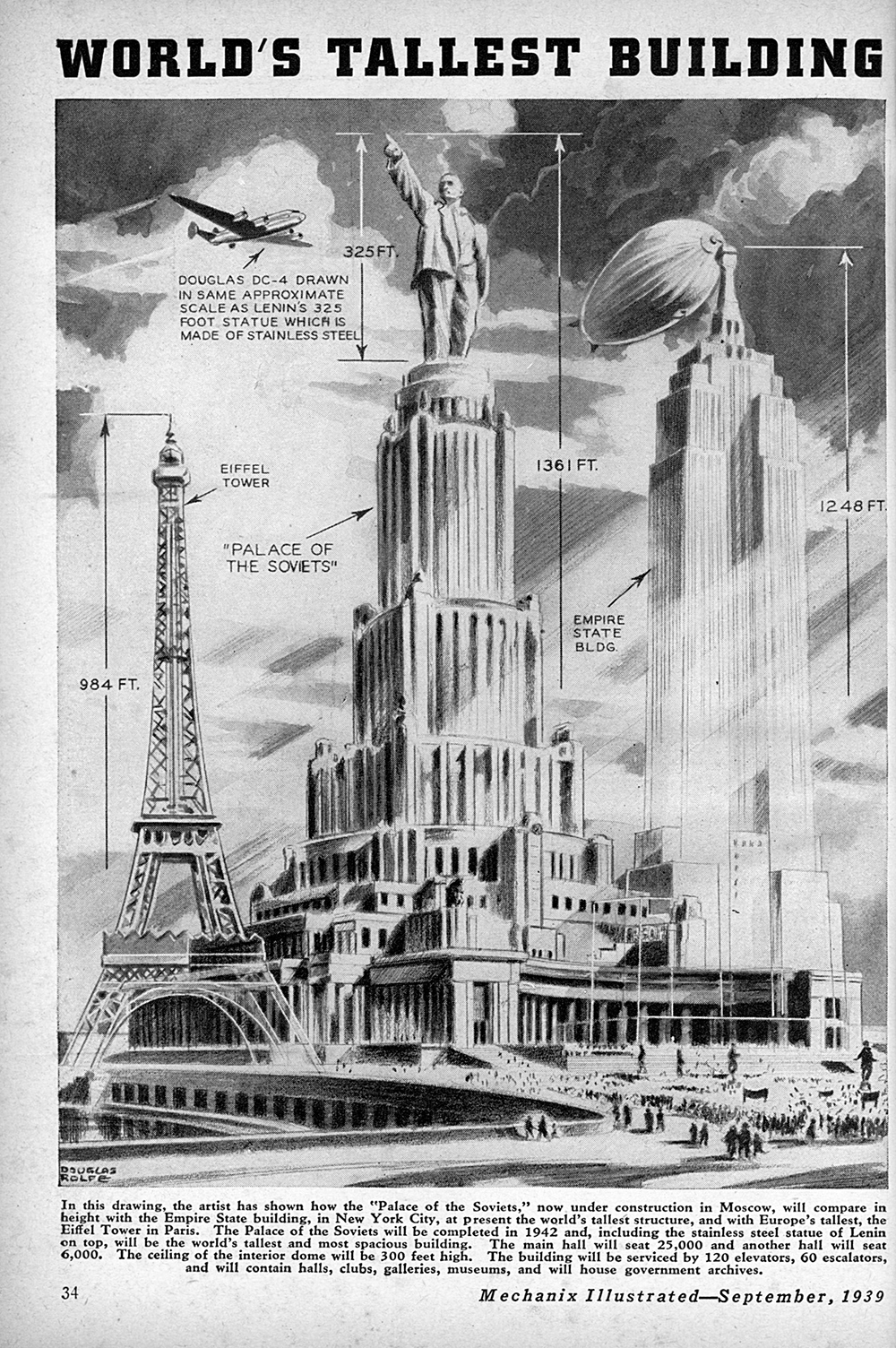
MEGA-ARCH
The stainless steel Gateway Arch in St.Louis is the world’s tallest arch at 630 feet (192 meters).
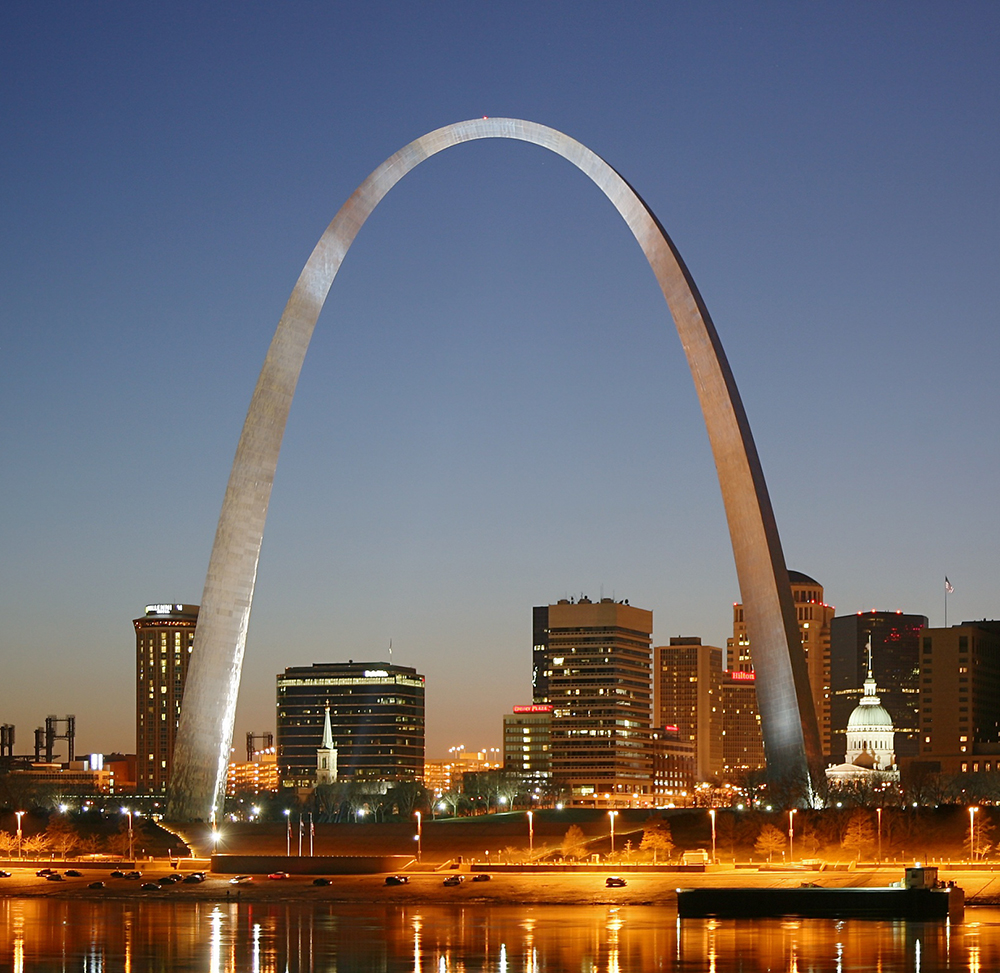 Photograph by Daniel Schwen.
Photograph by Daniel Schwen.
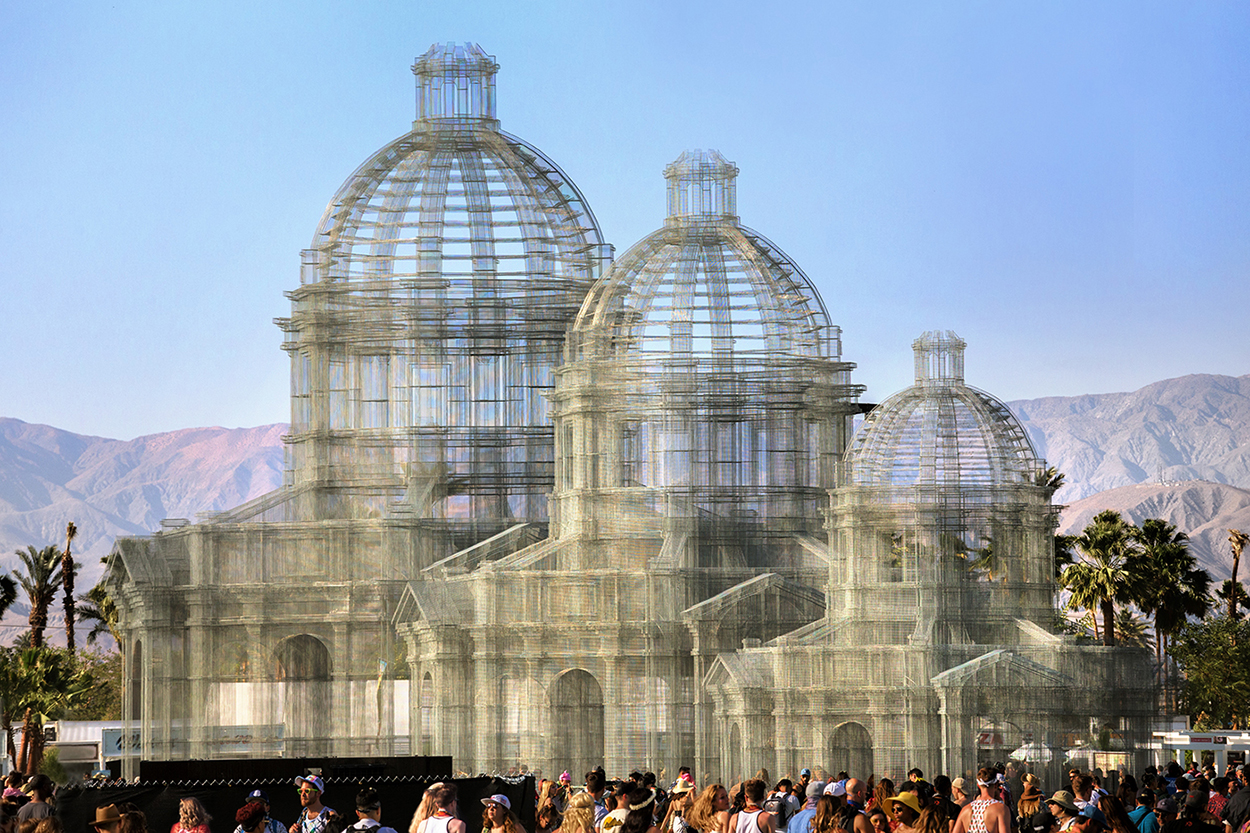
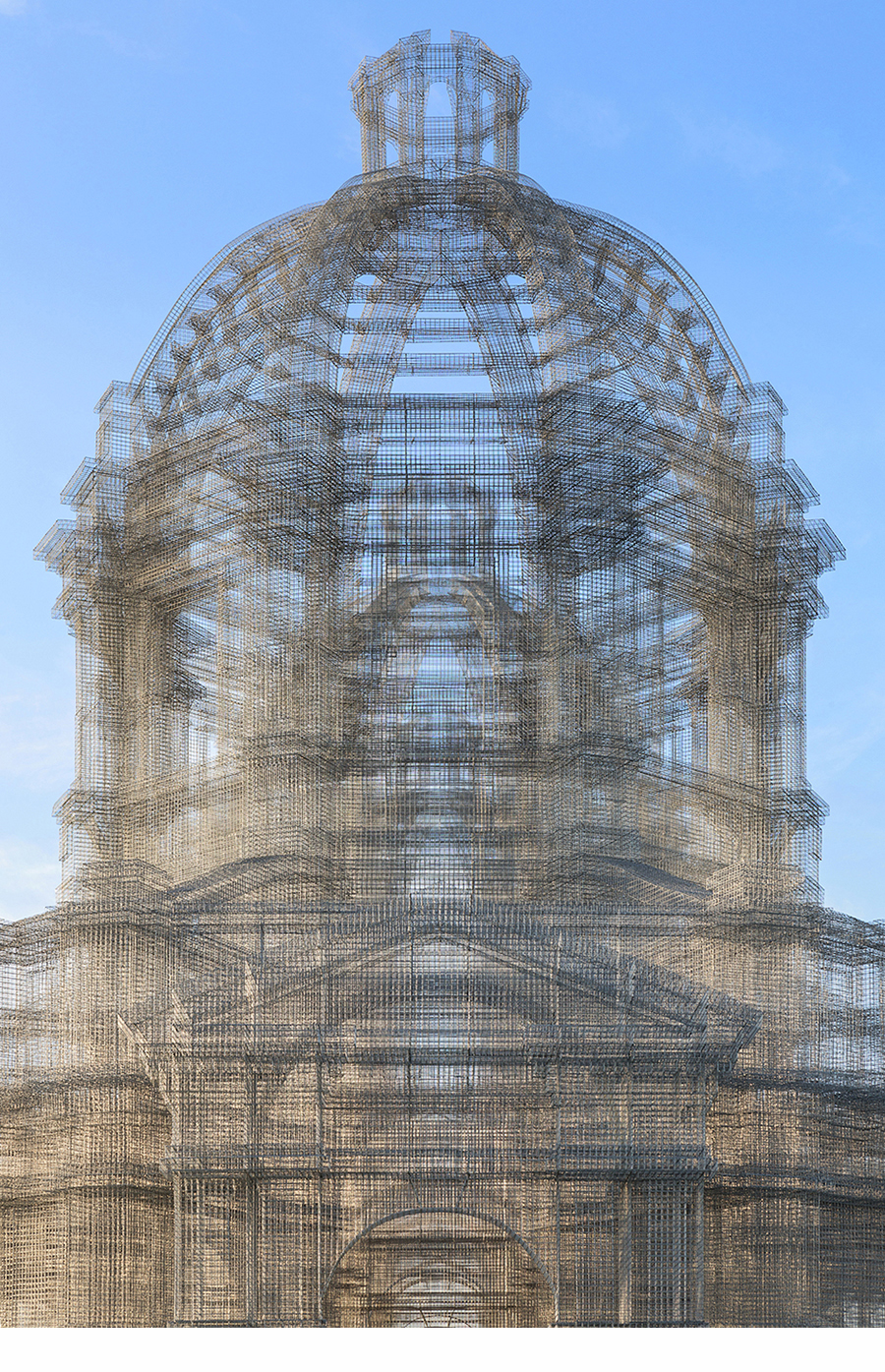
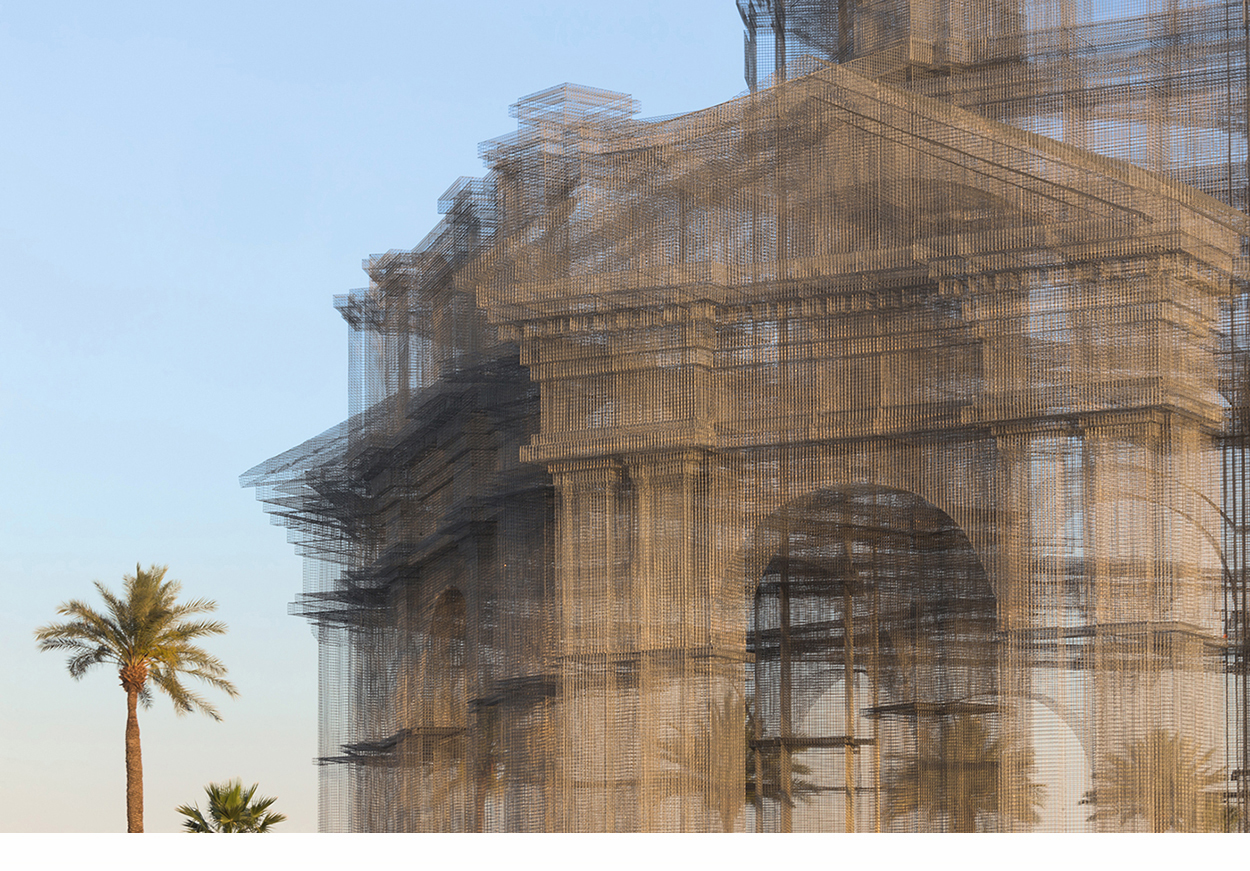
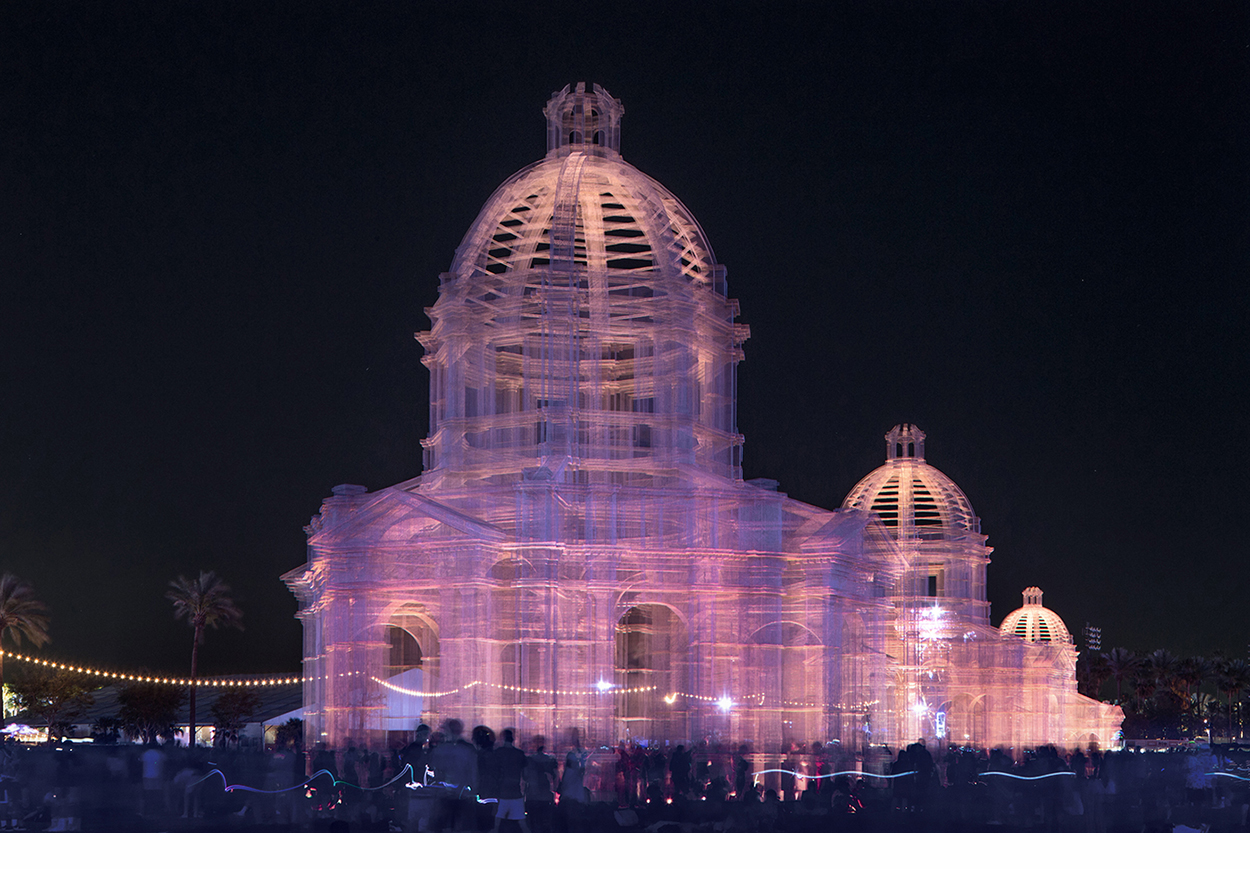
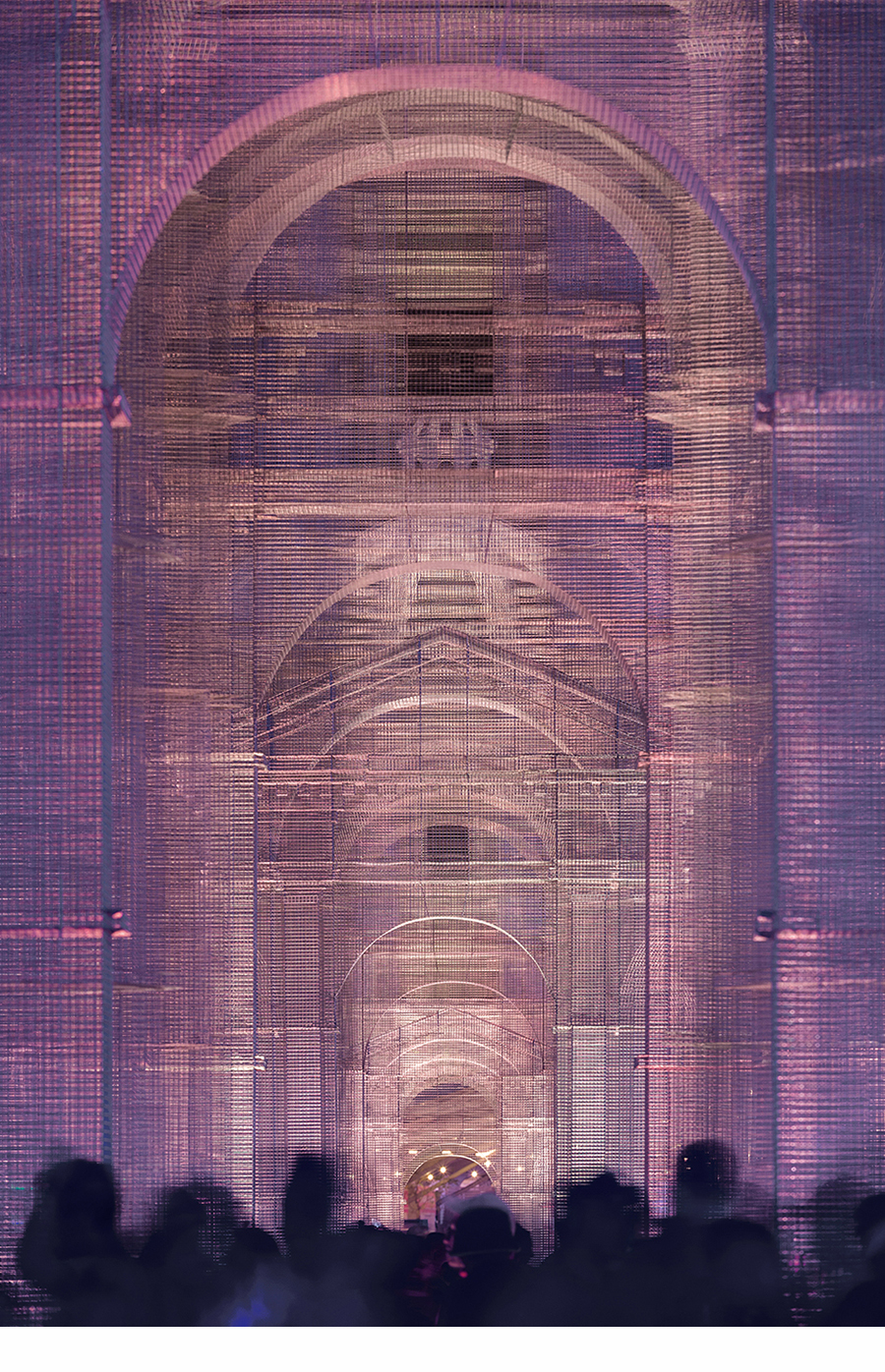
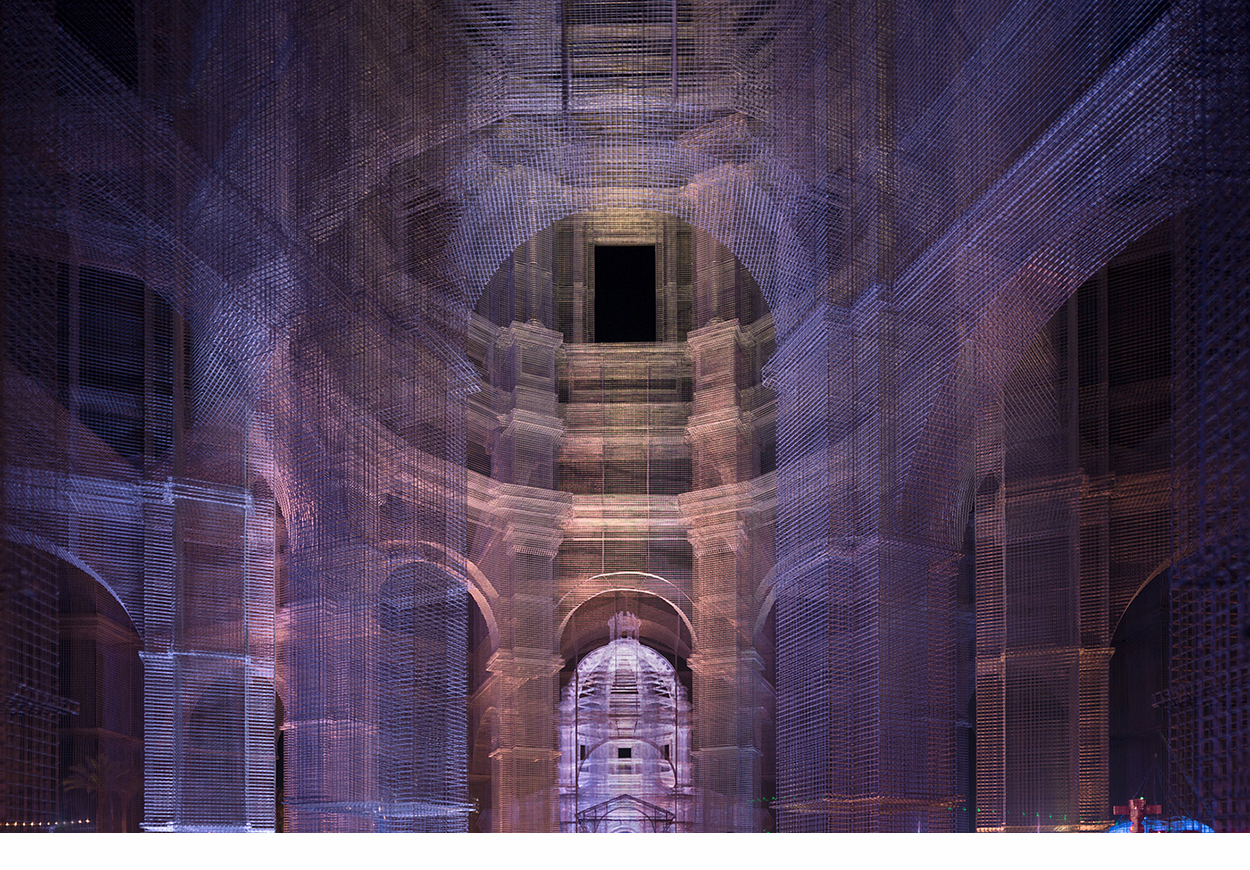
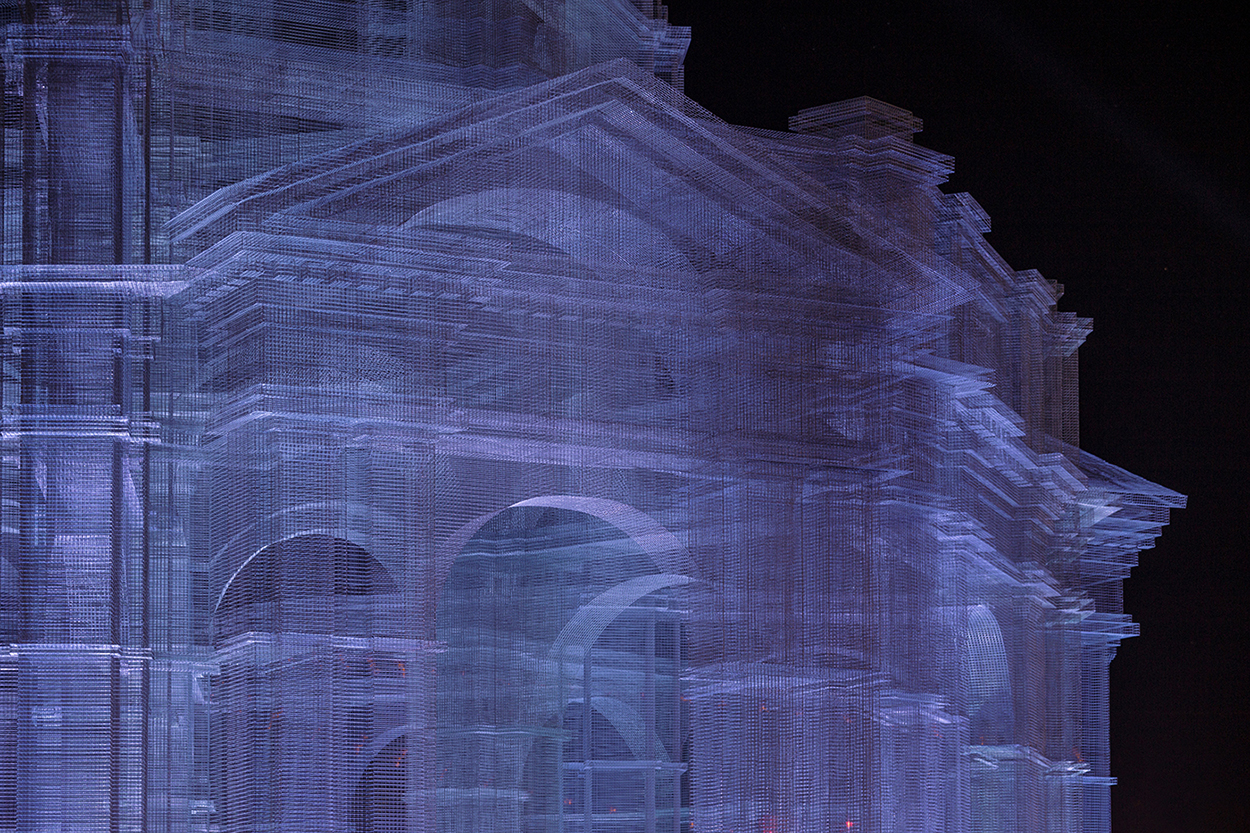



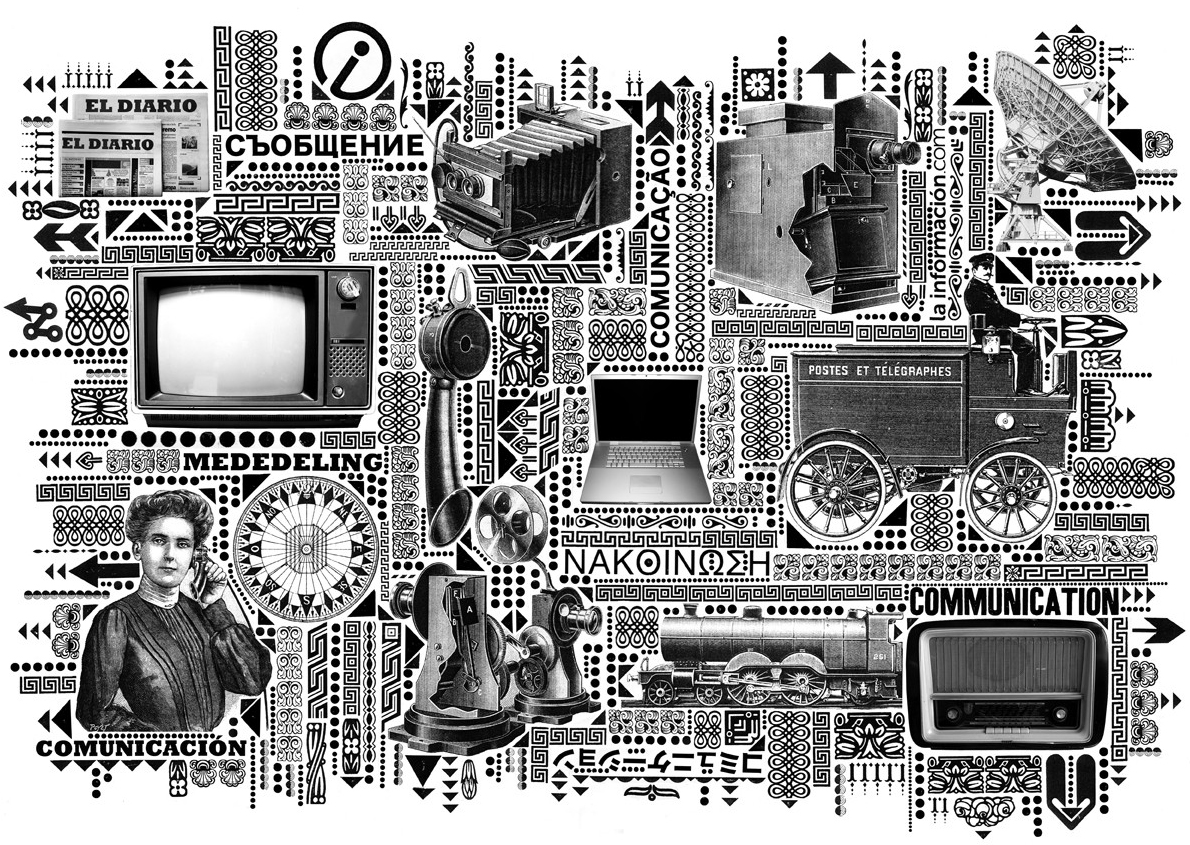
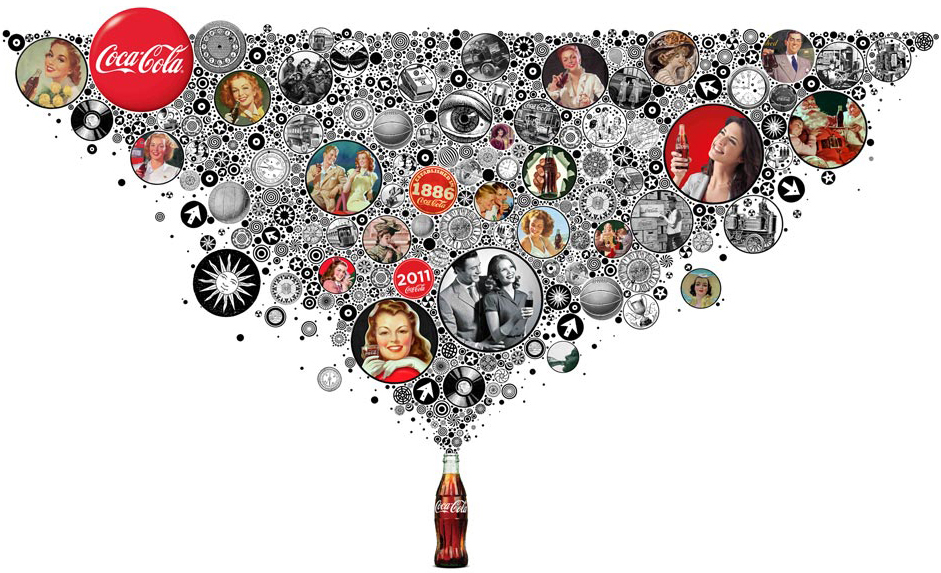
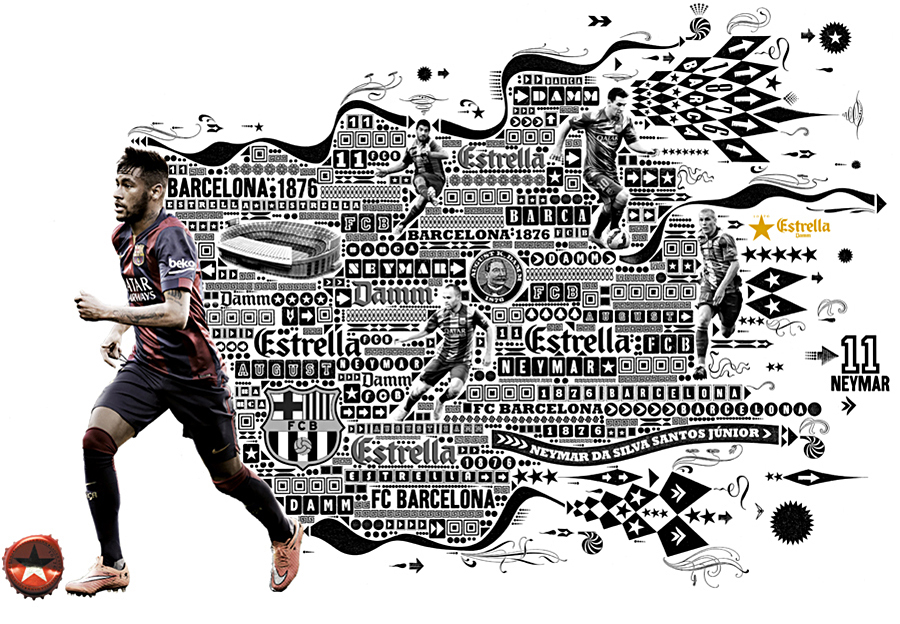
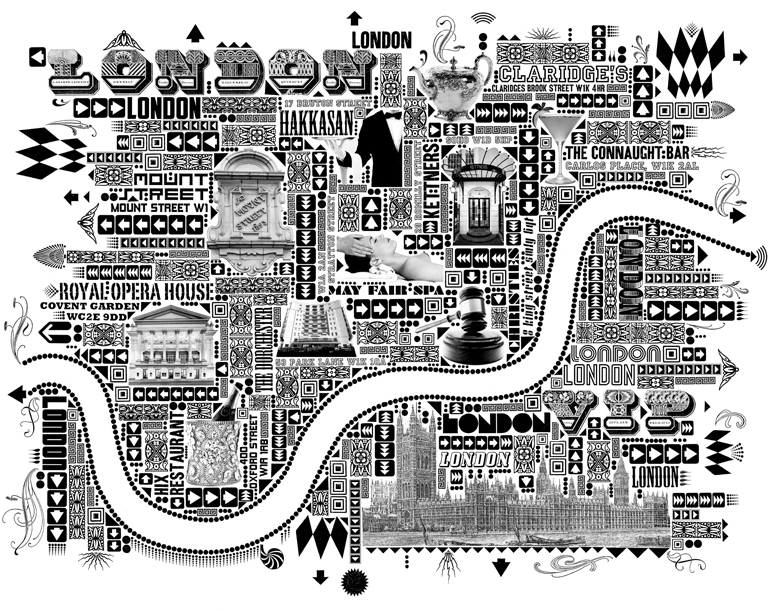

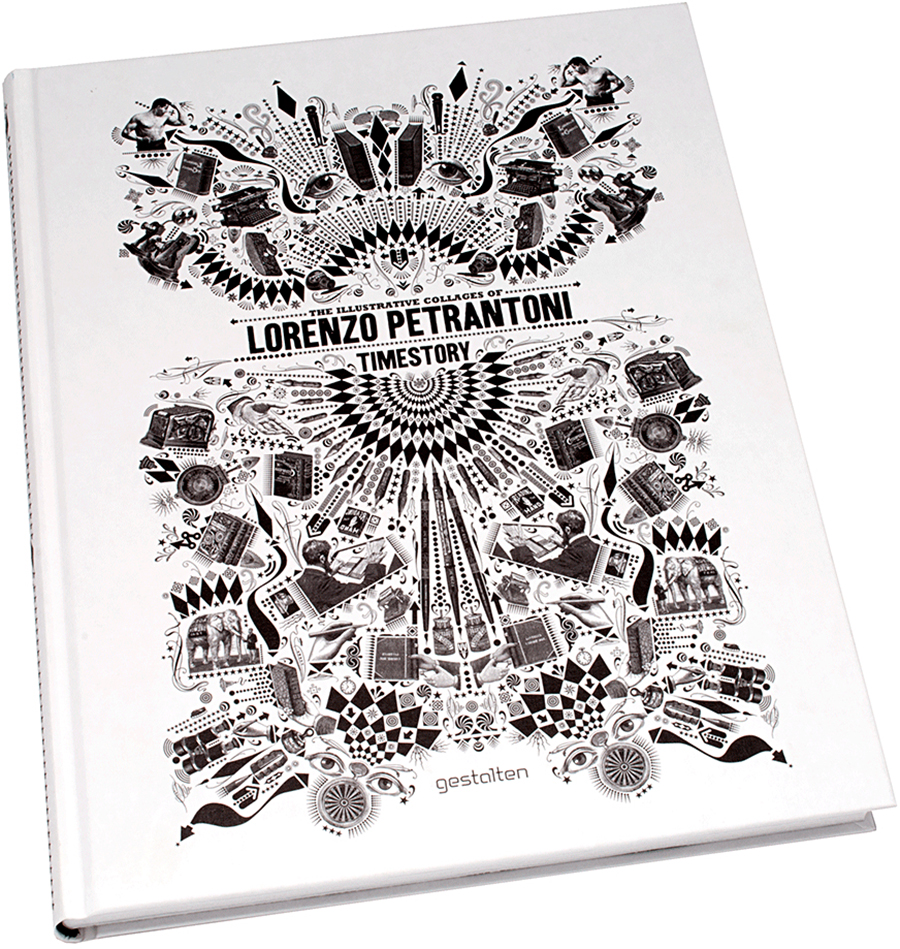

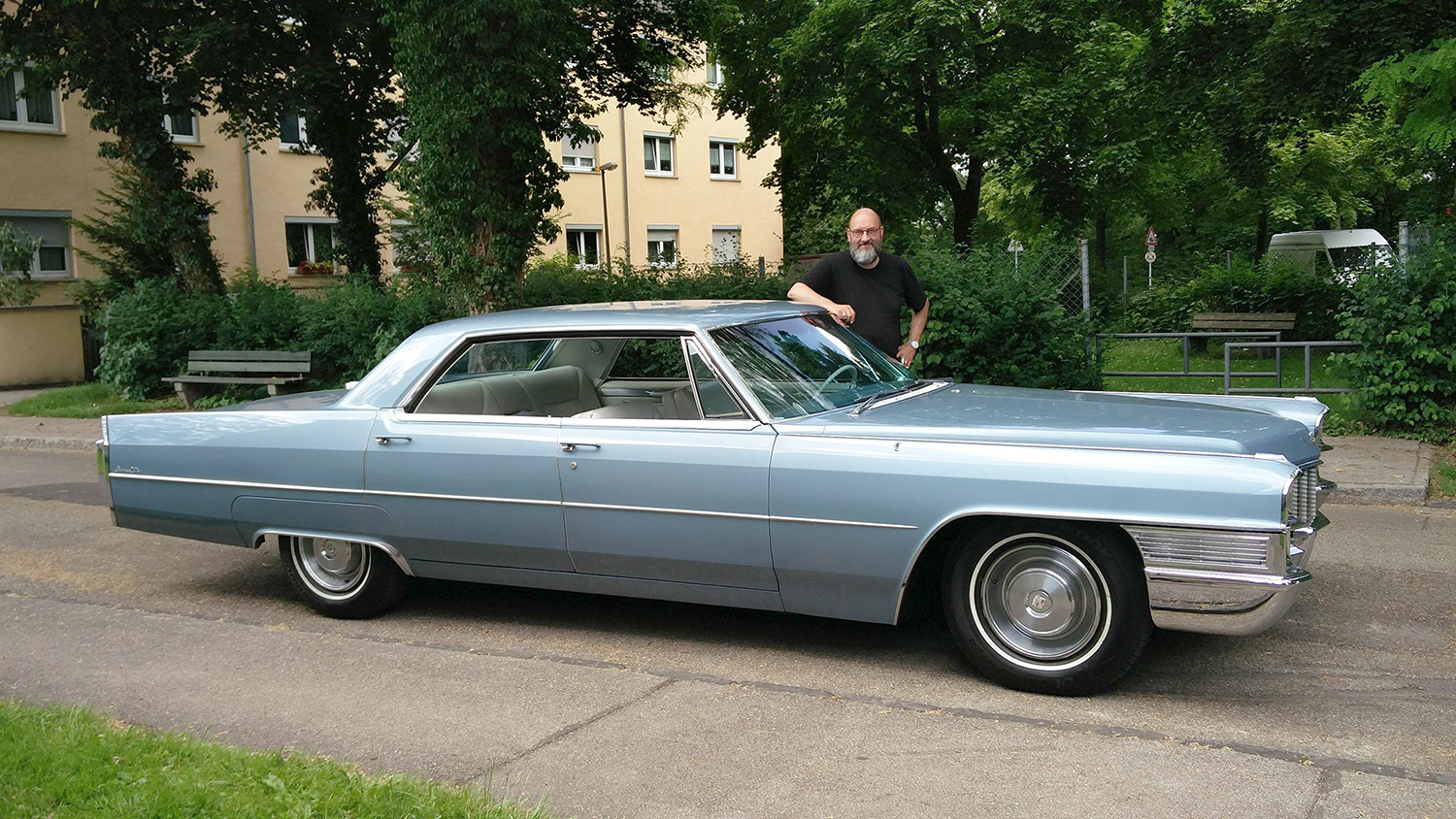
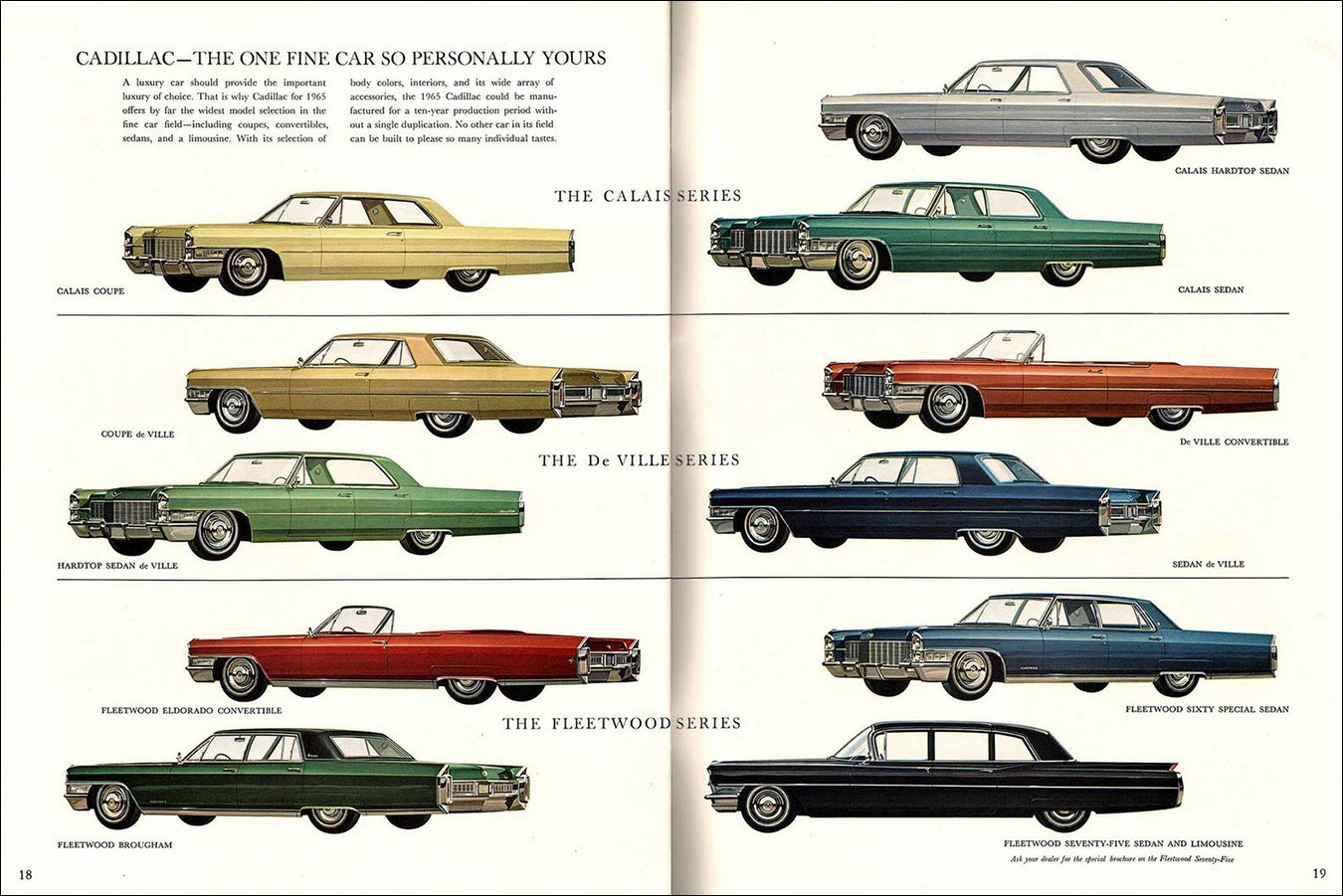
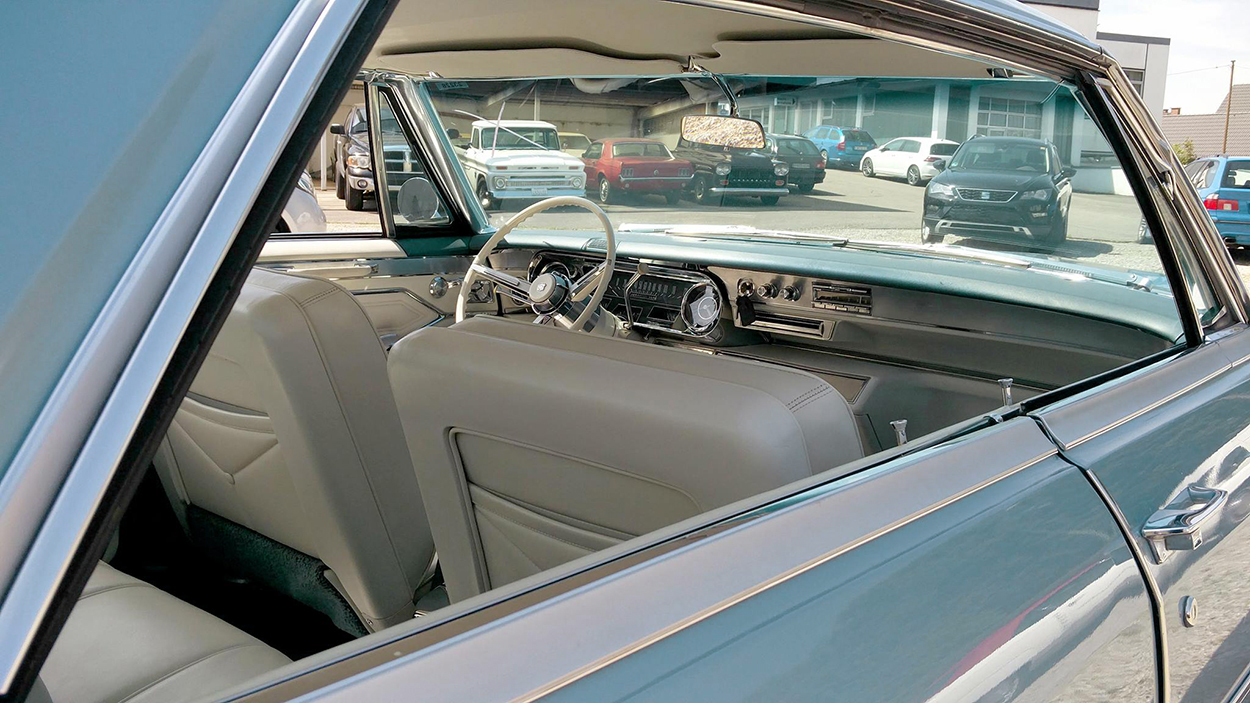
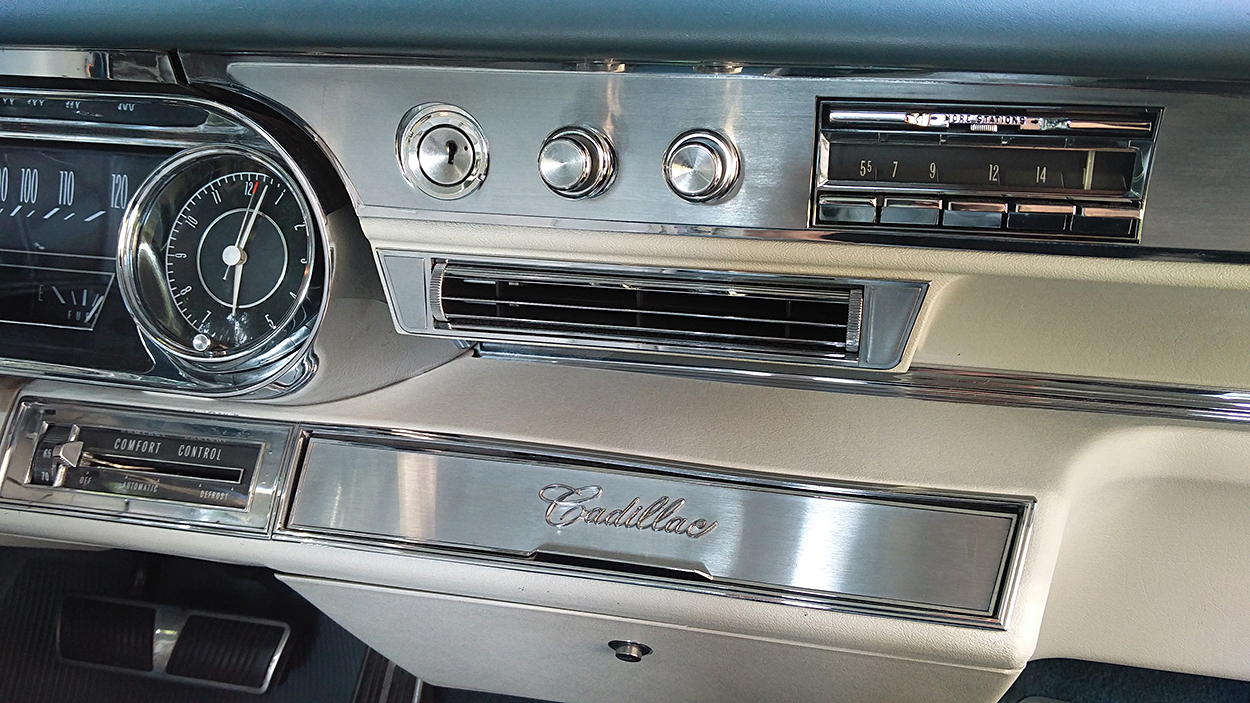
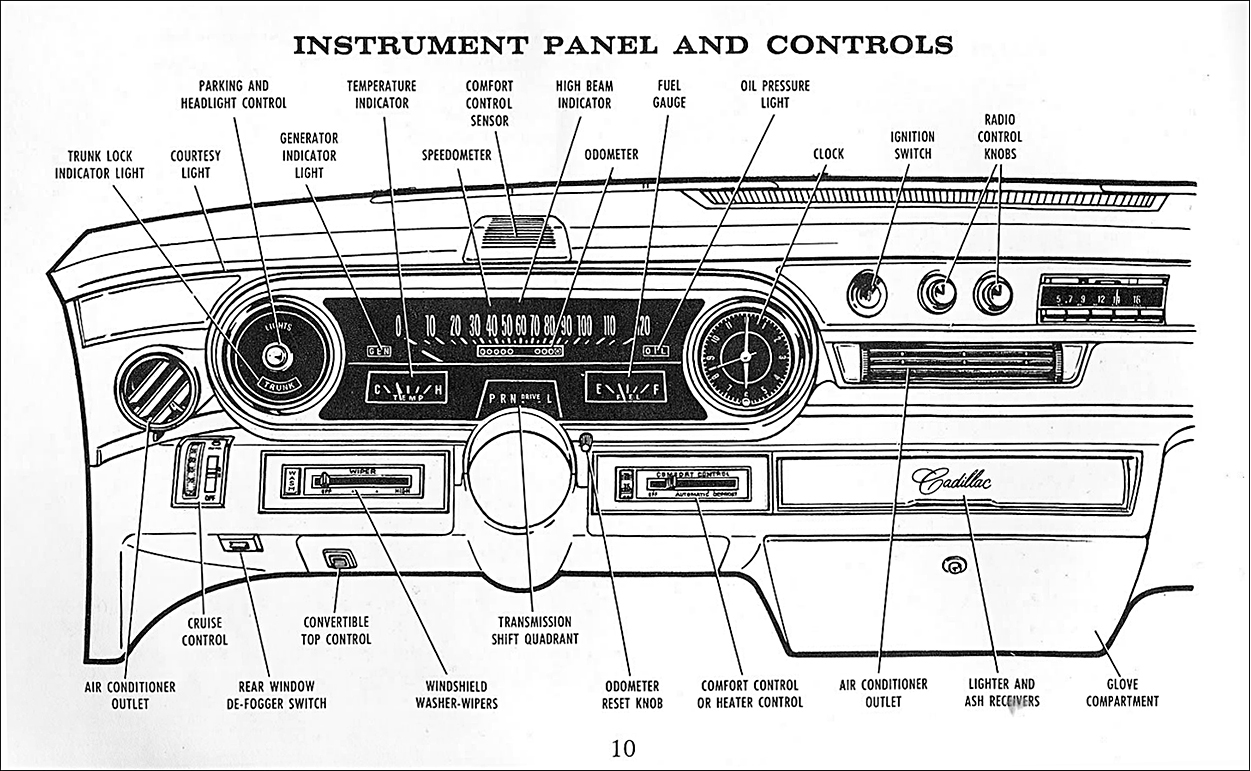
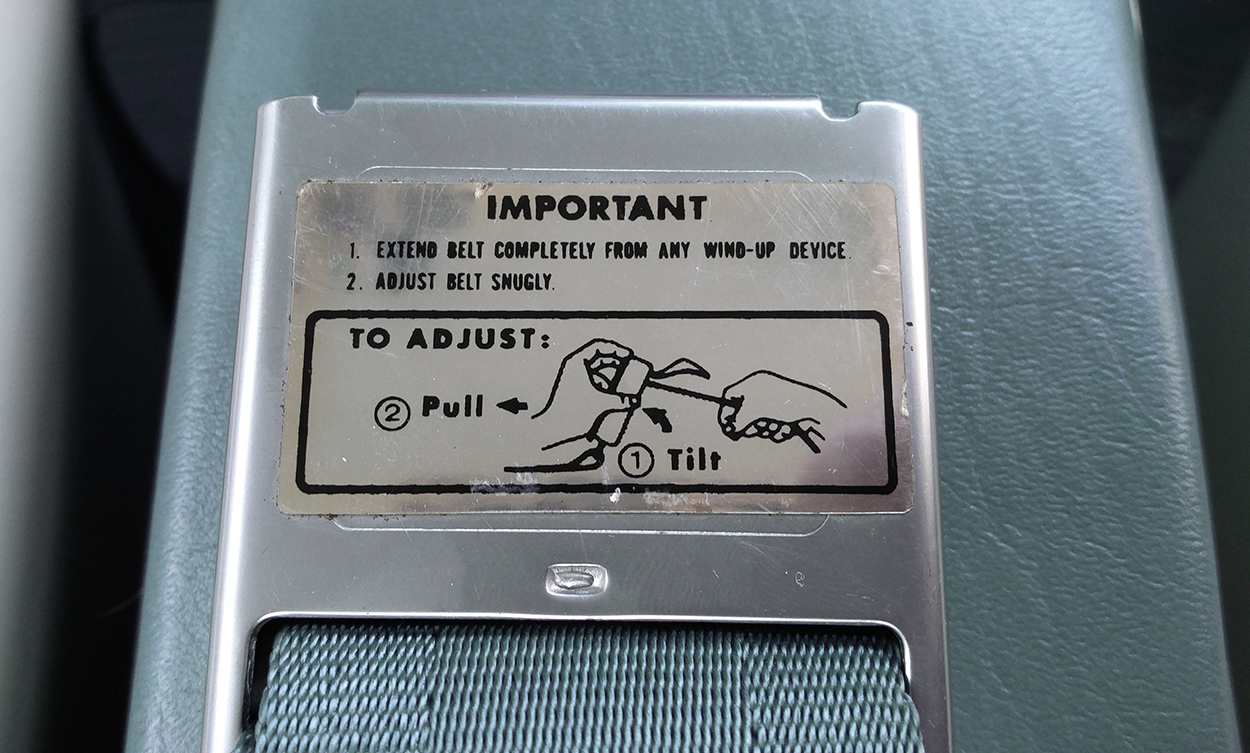
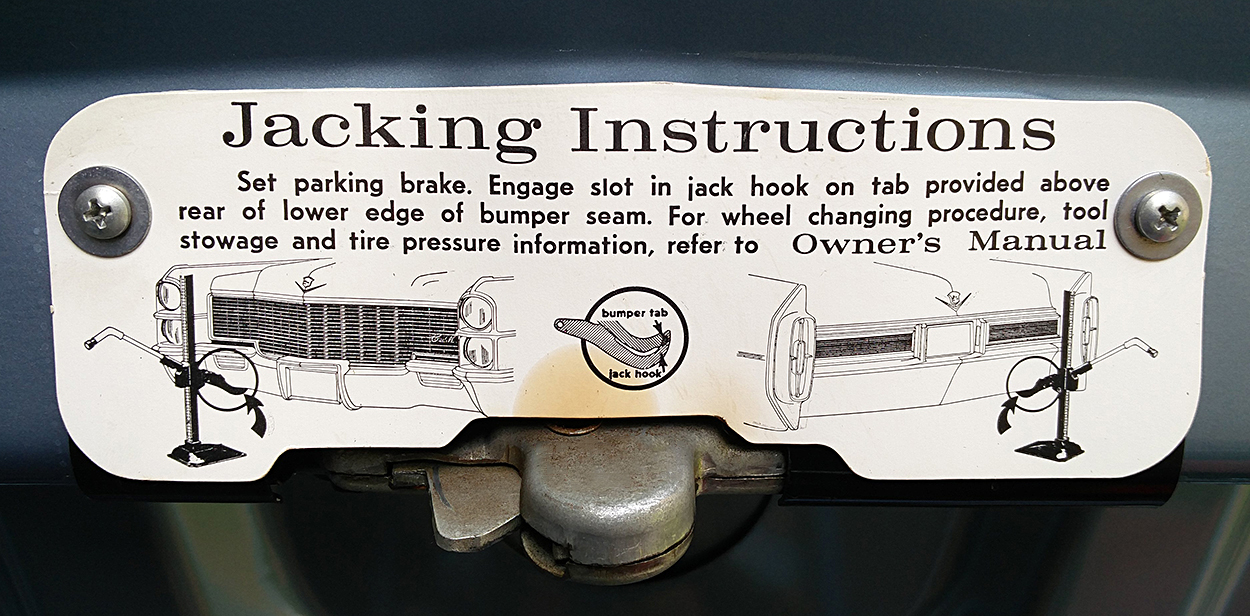
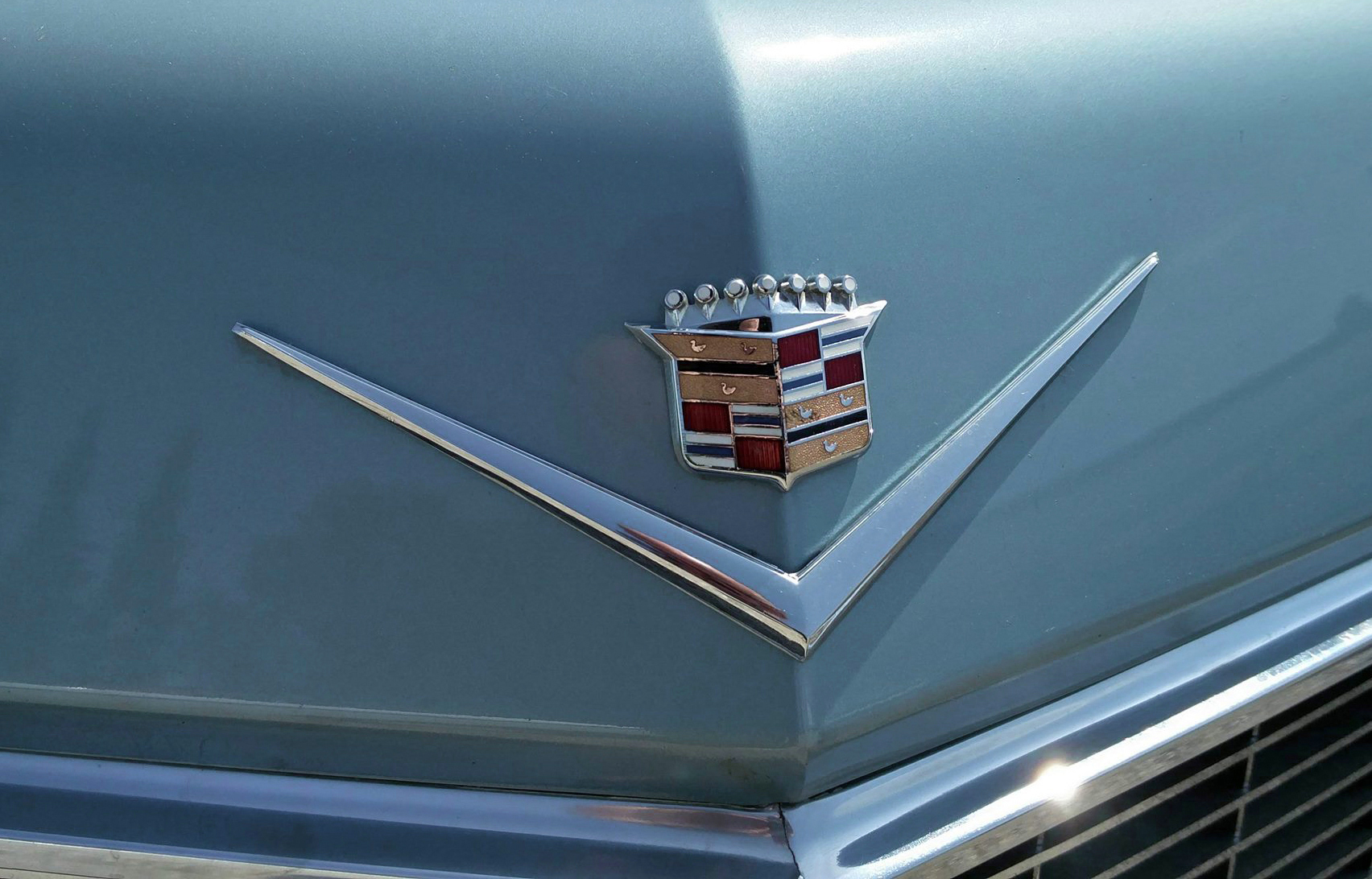
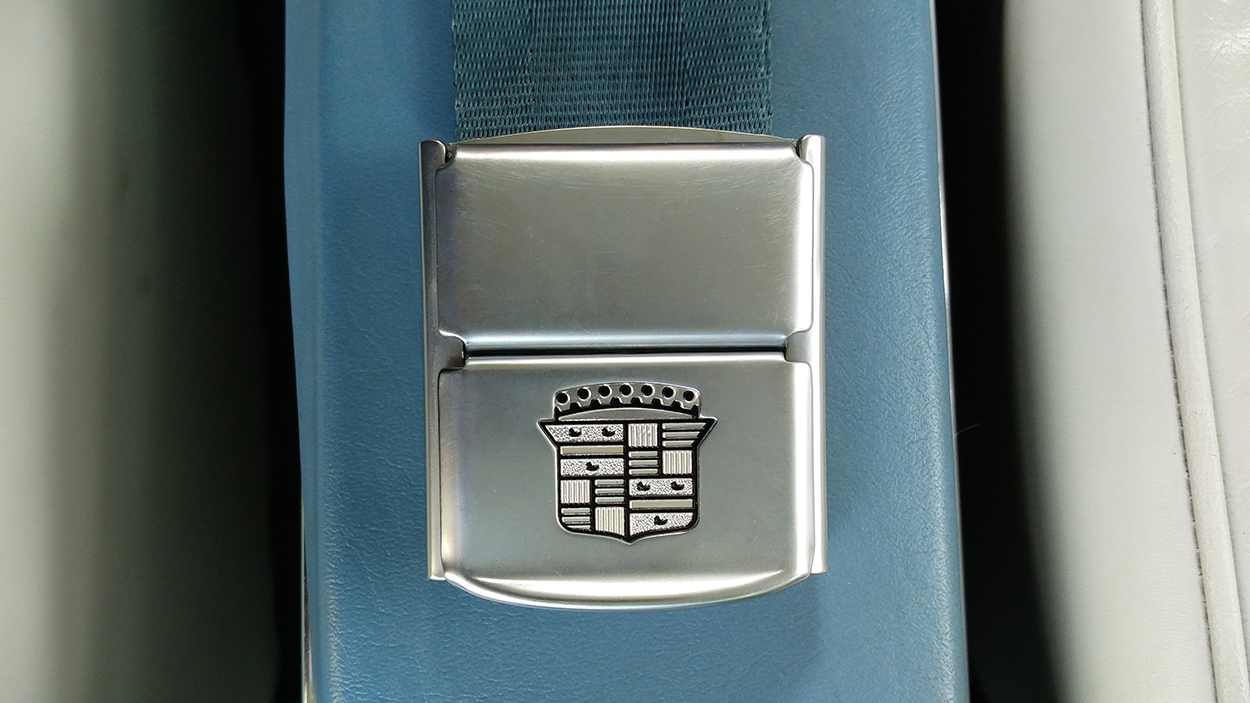
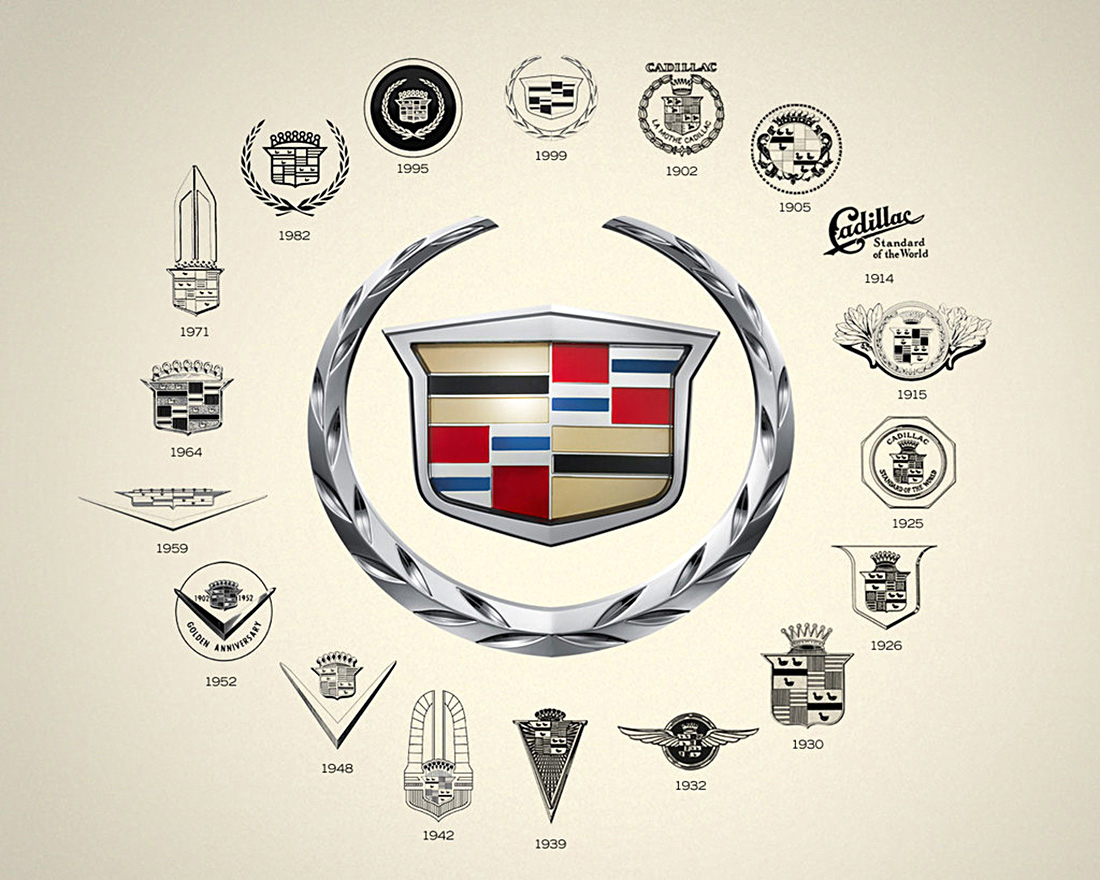

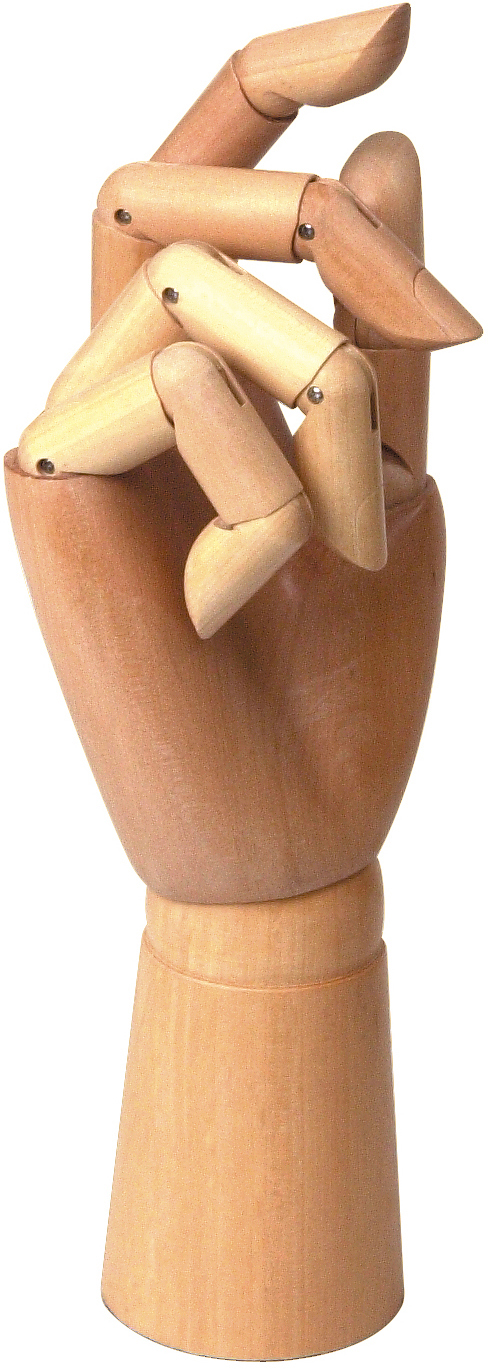

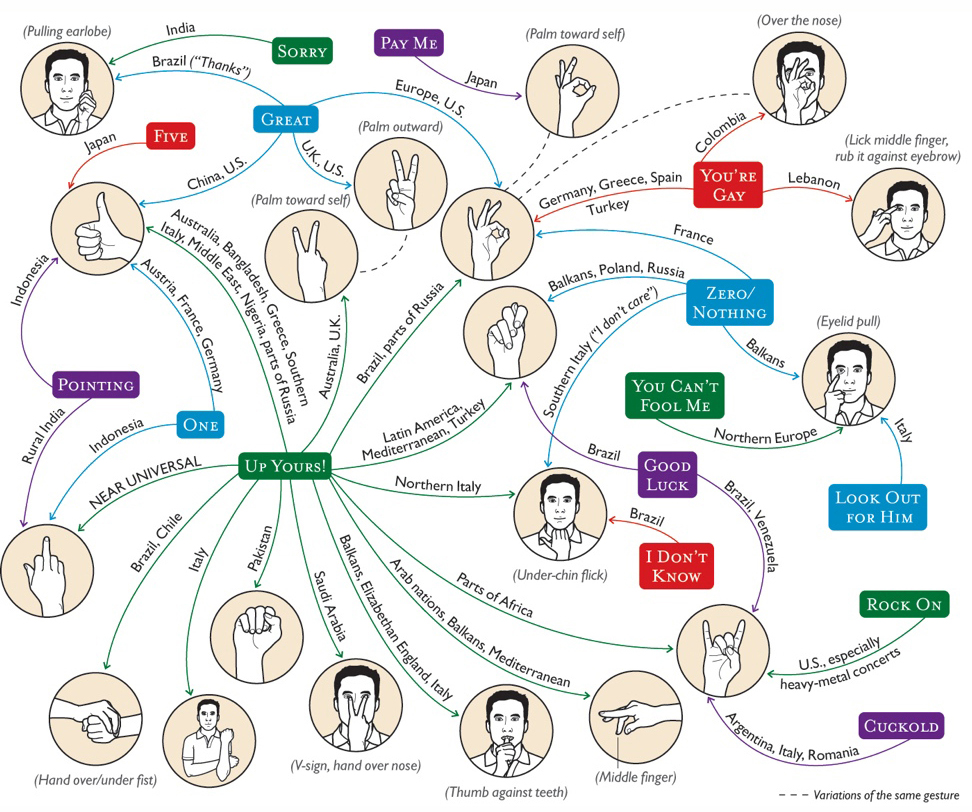
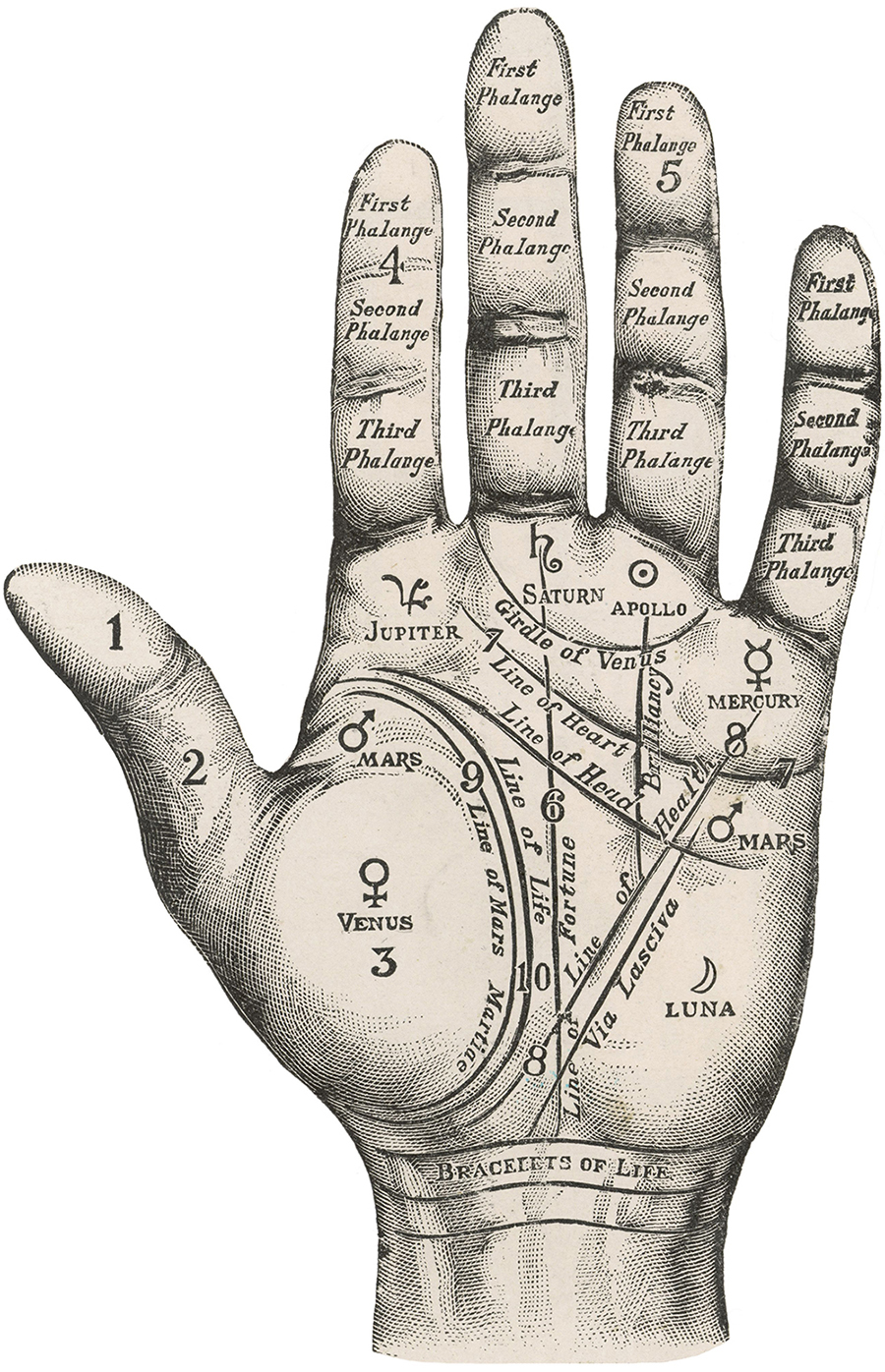

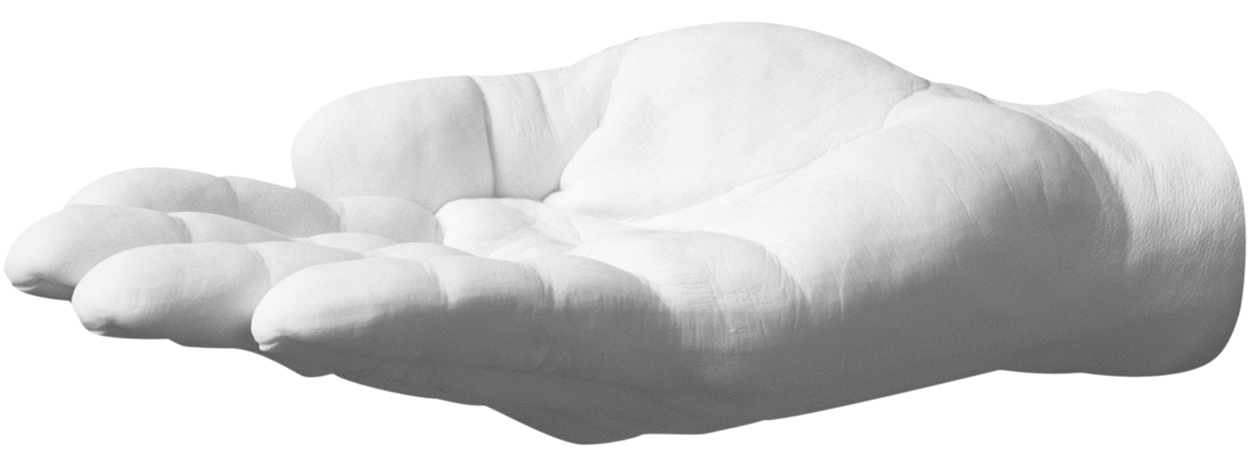
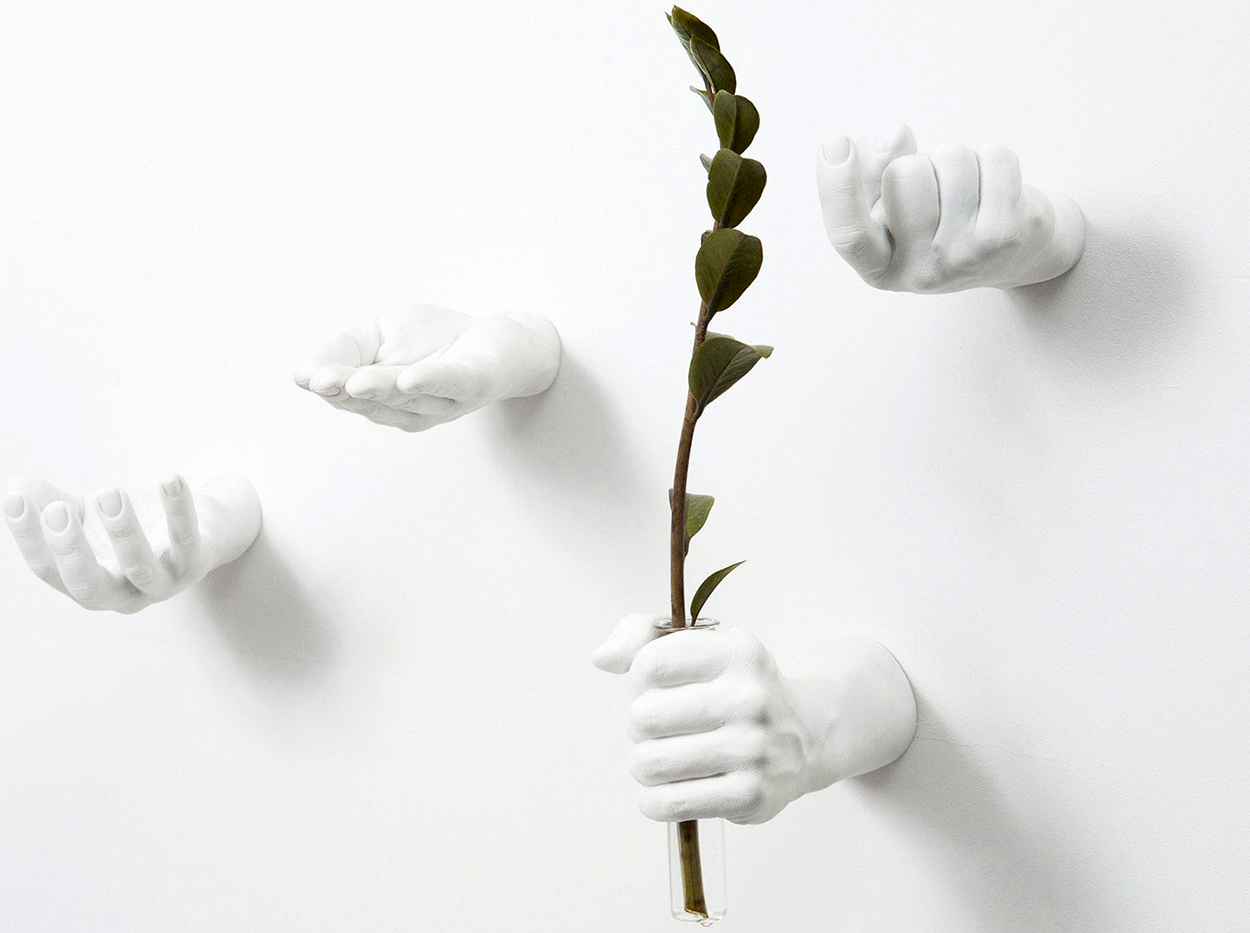
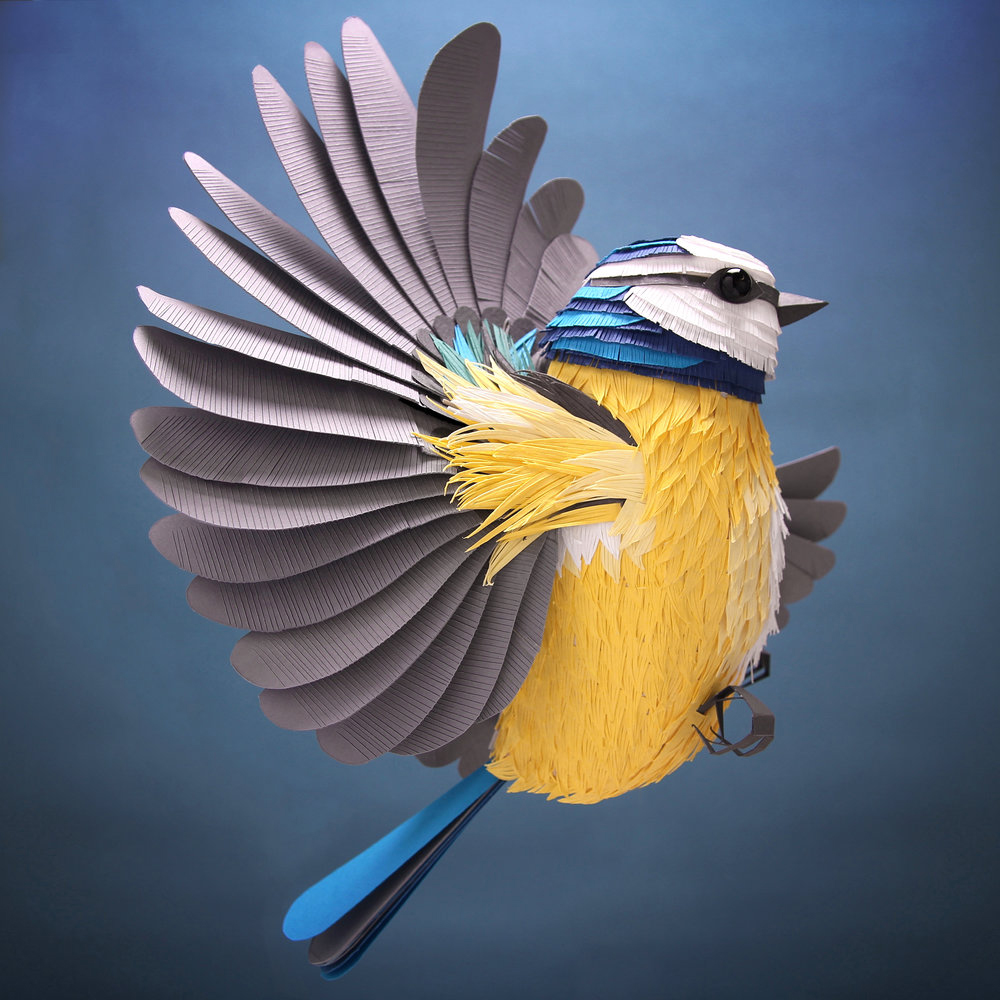
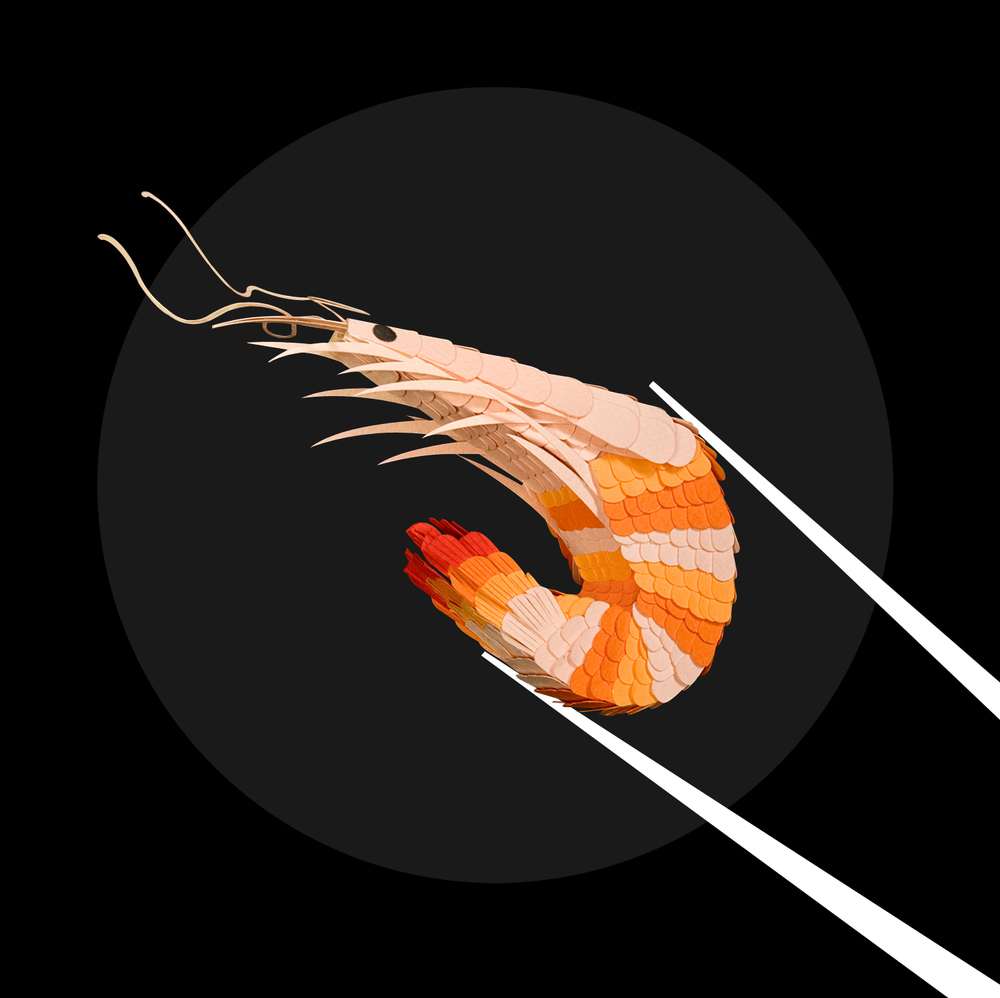





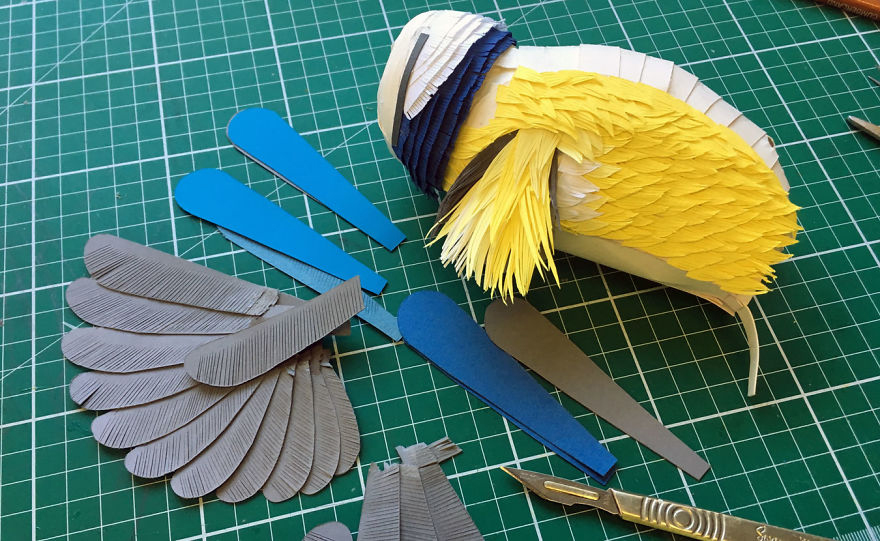

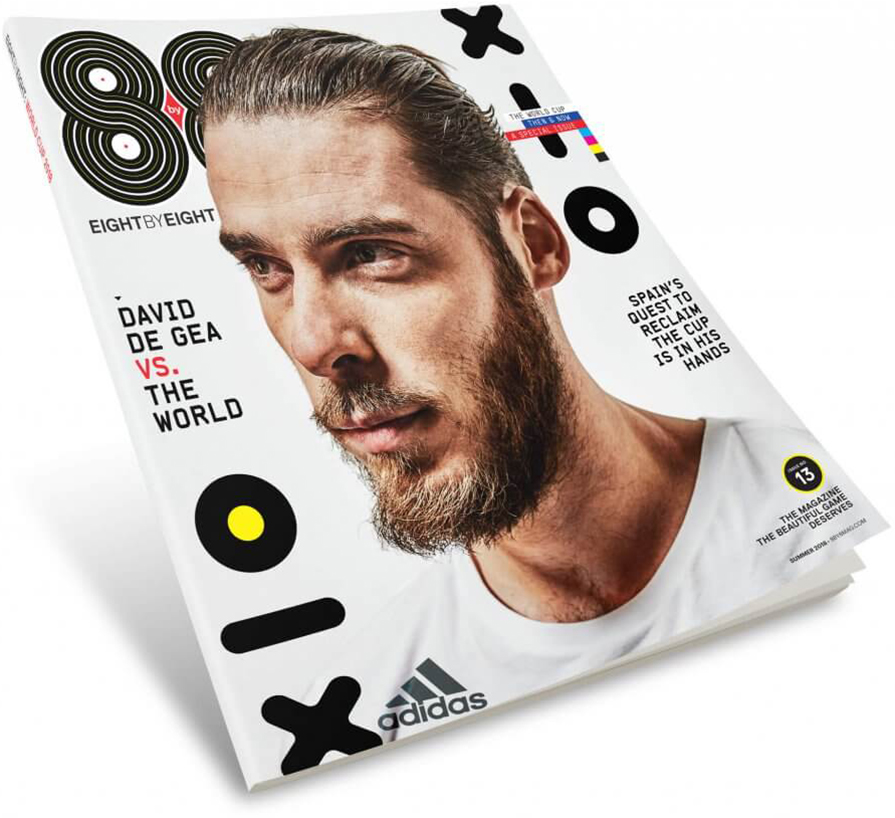
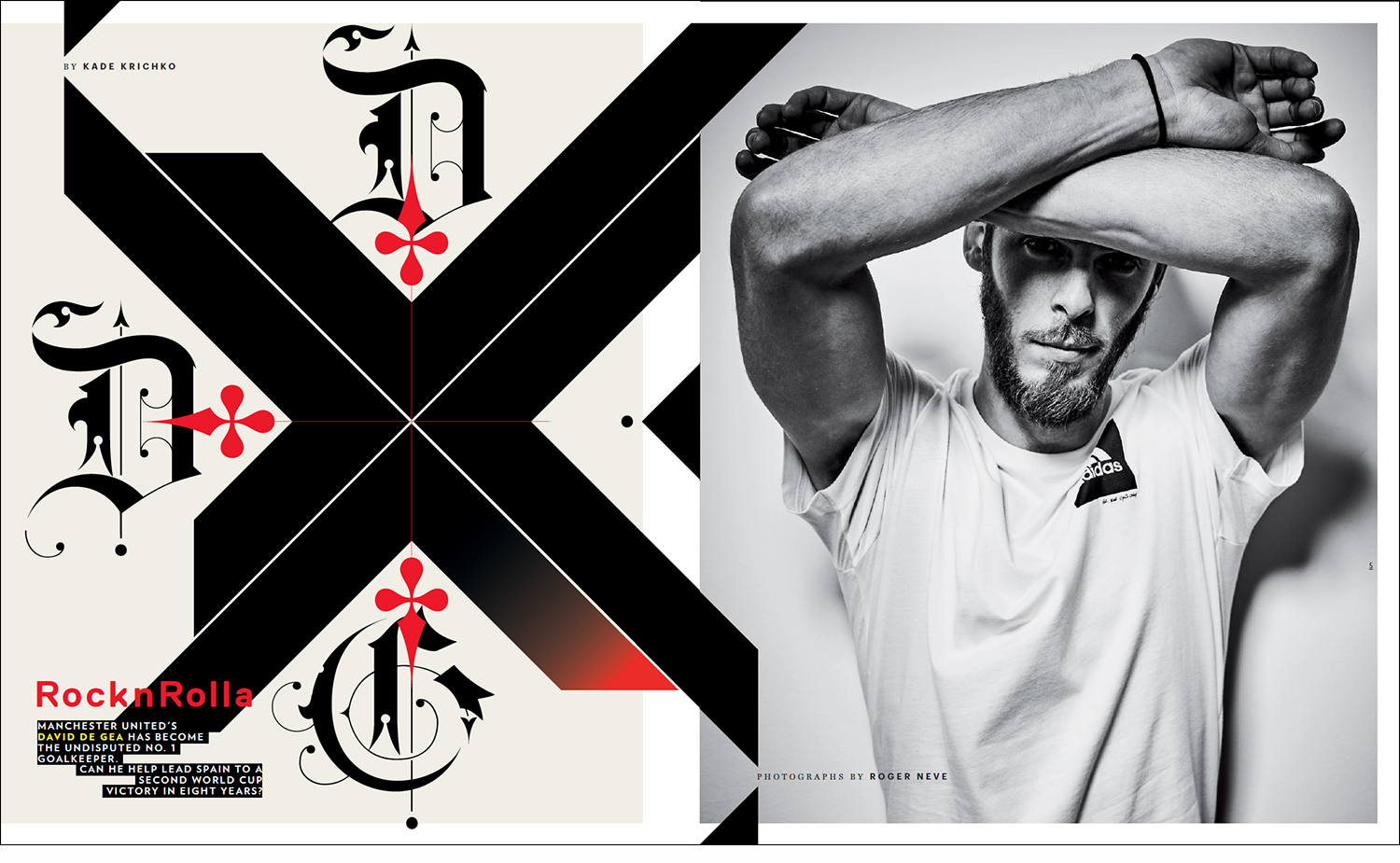
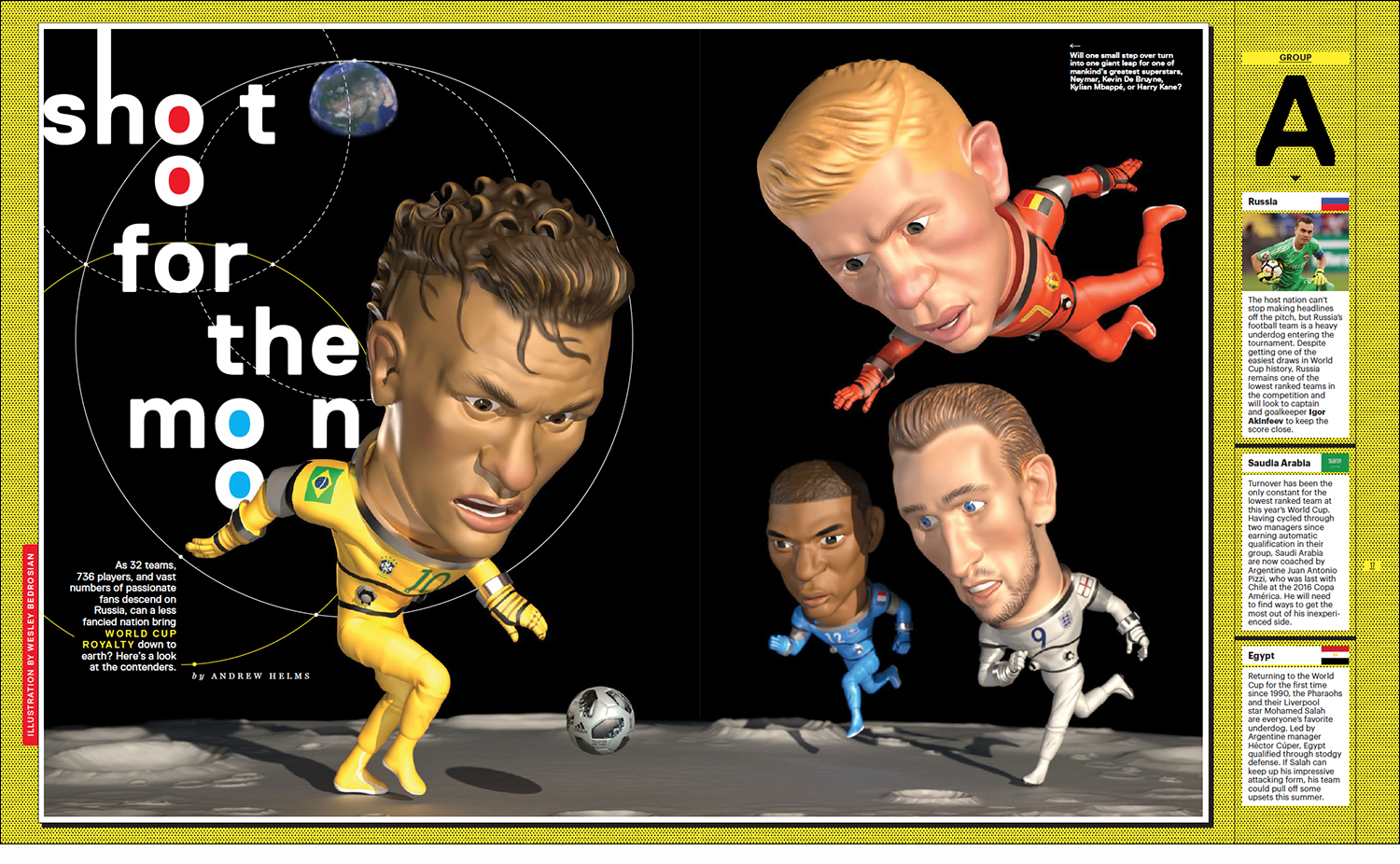
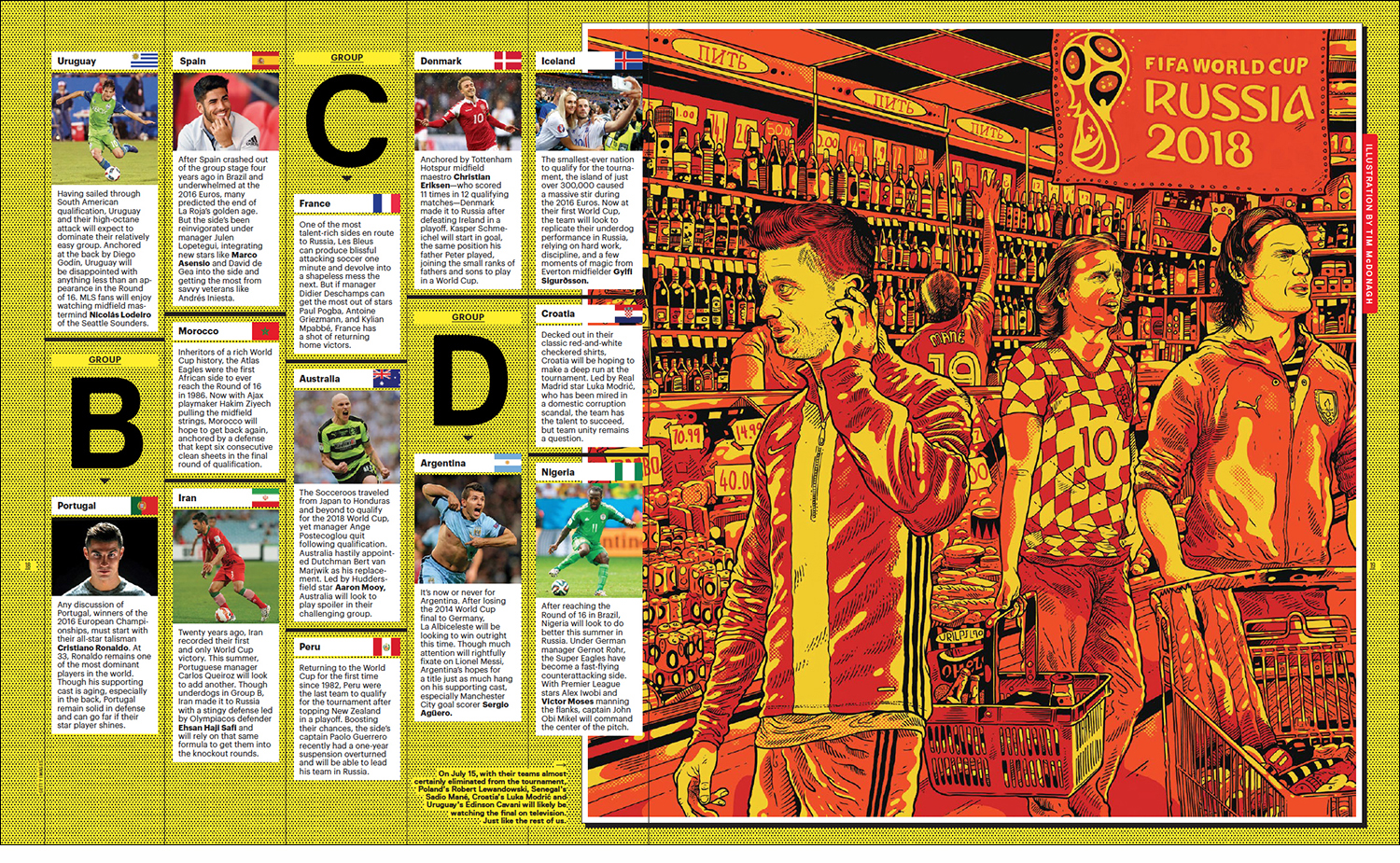
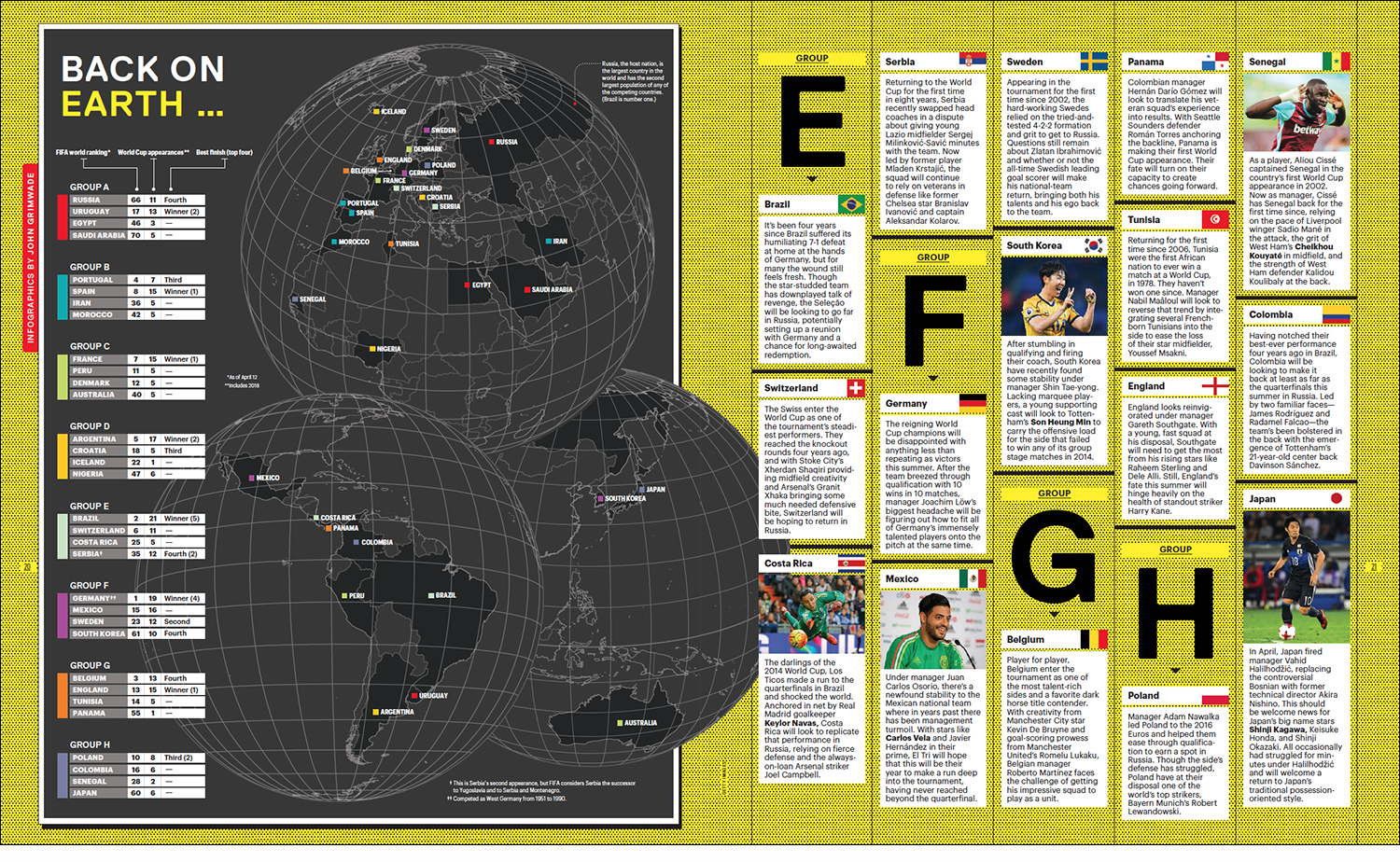
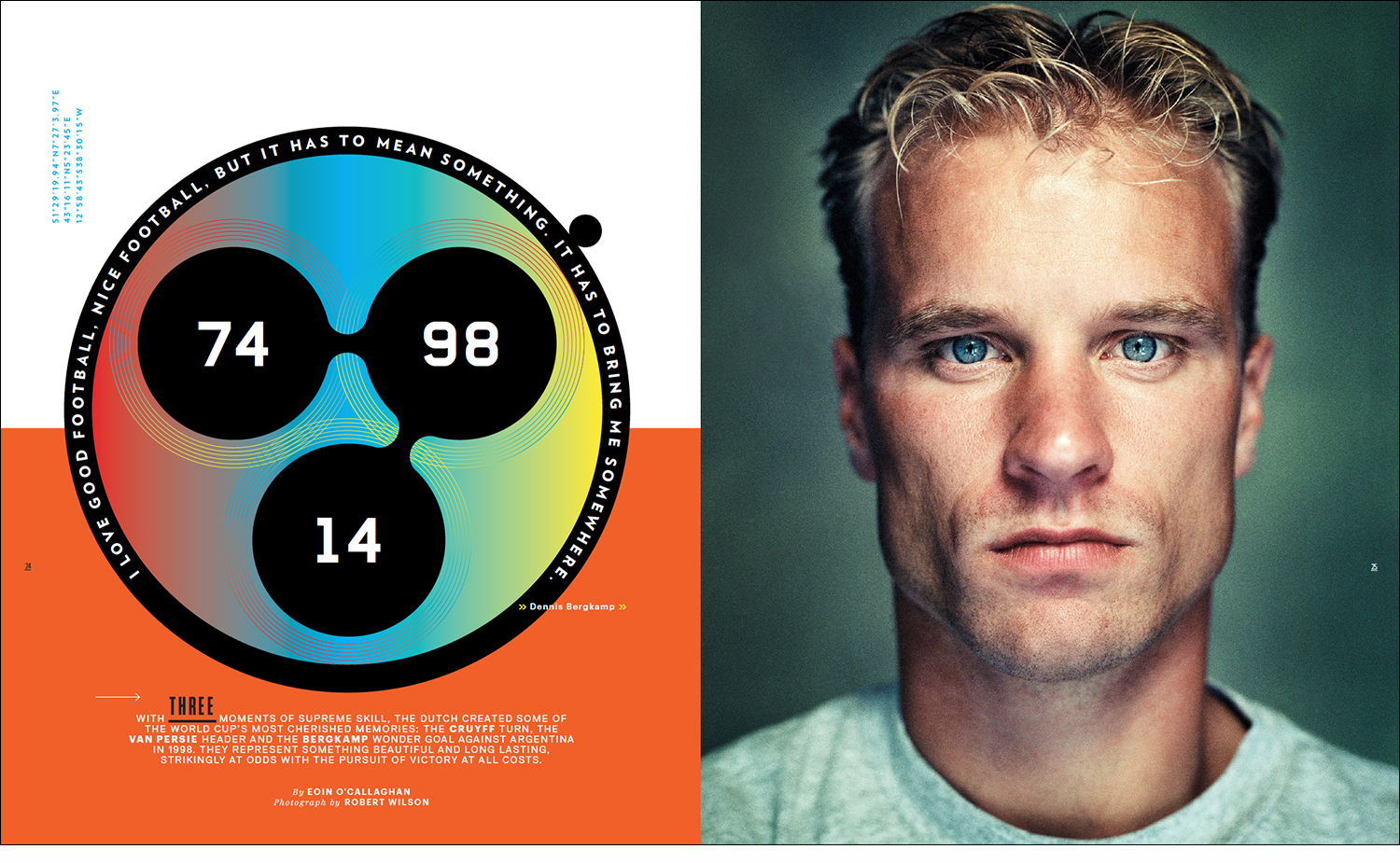
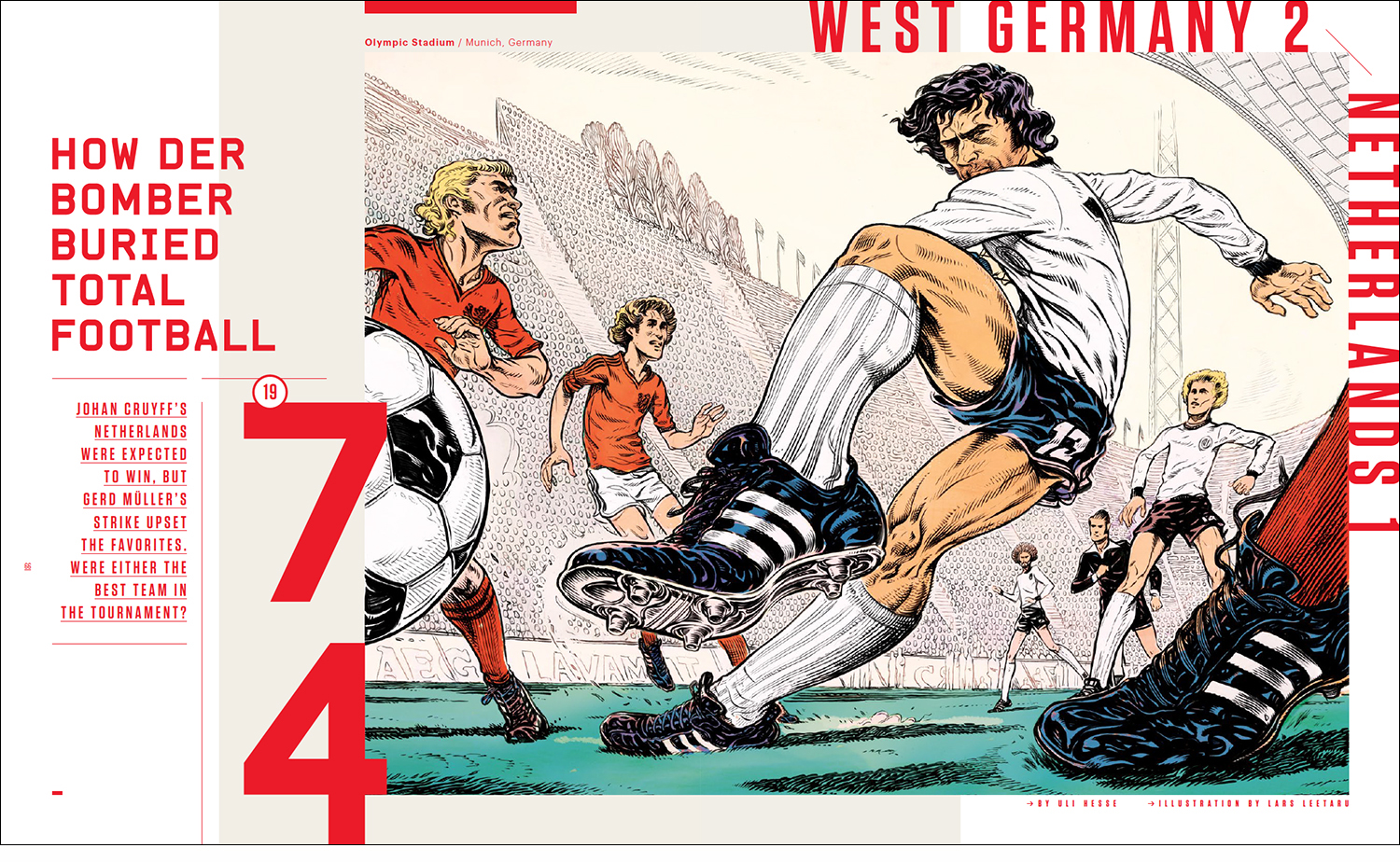
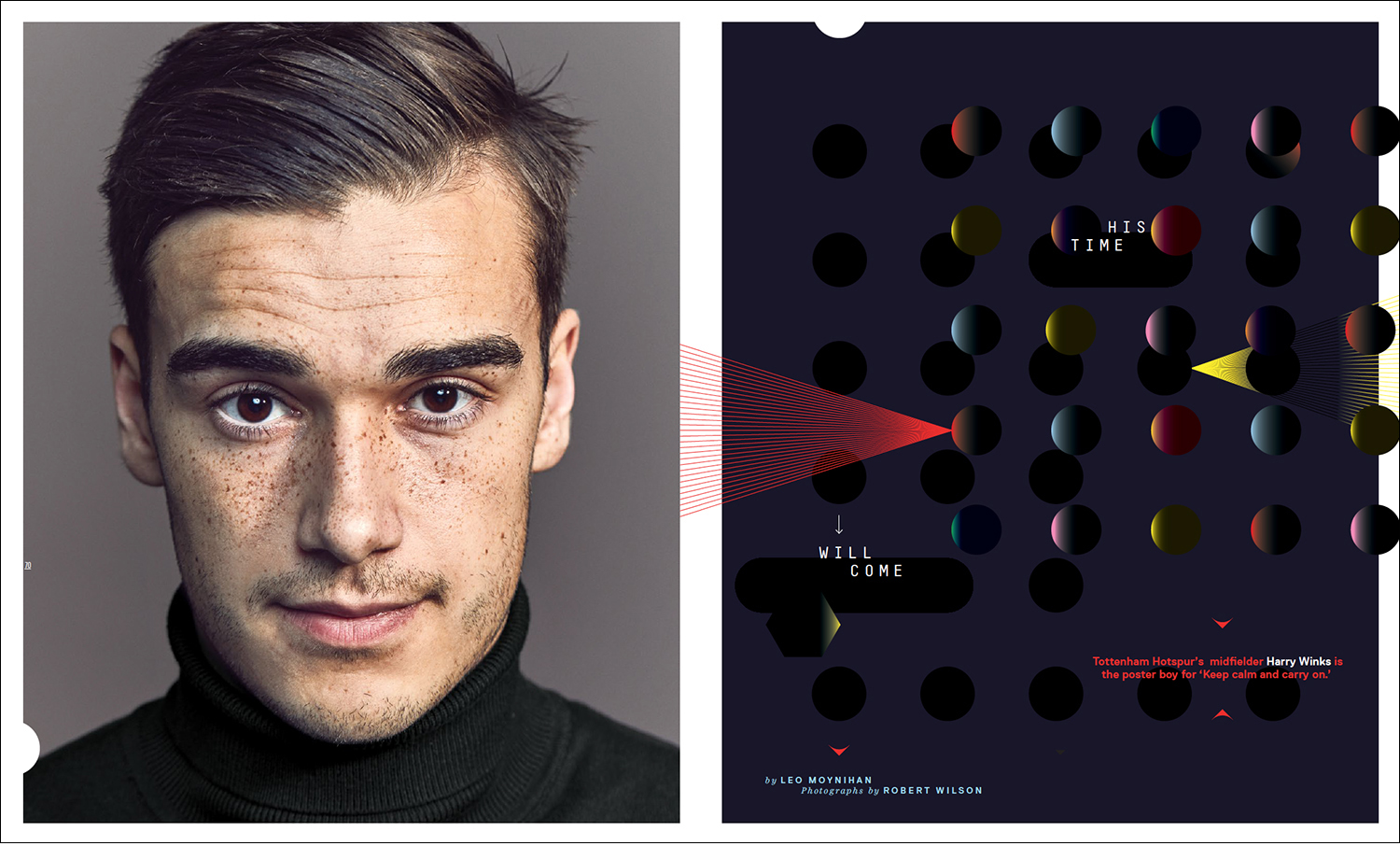
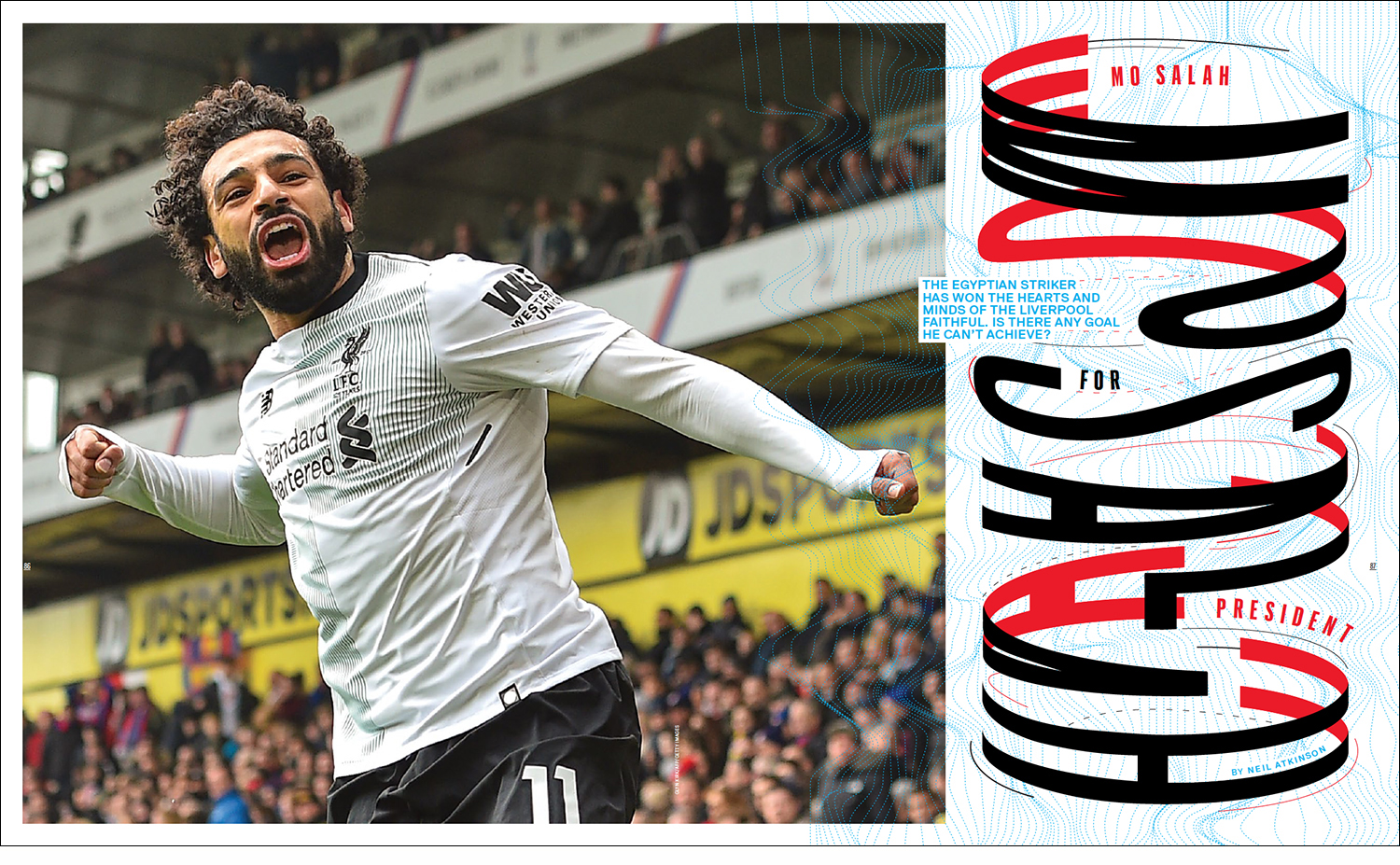
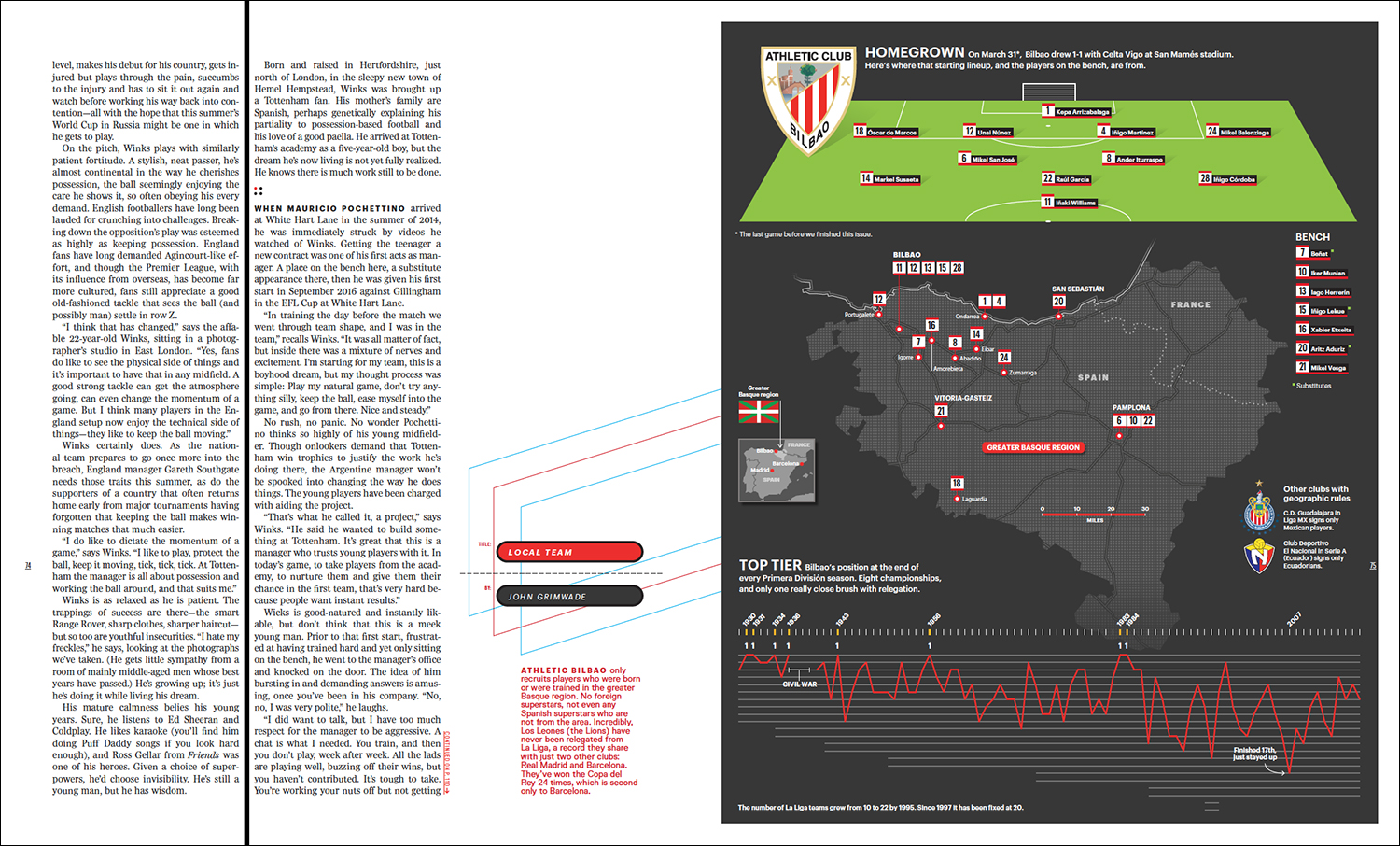

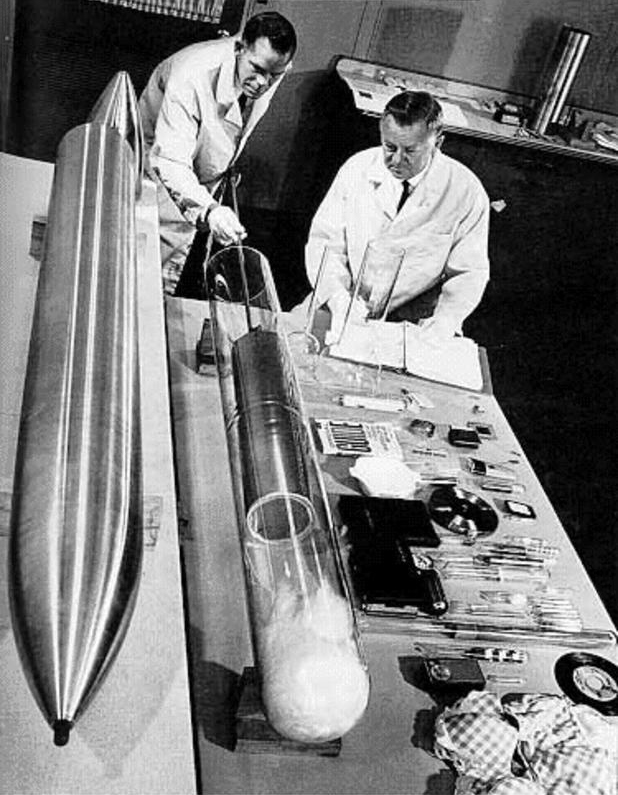
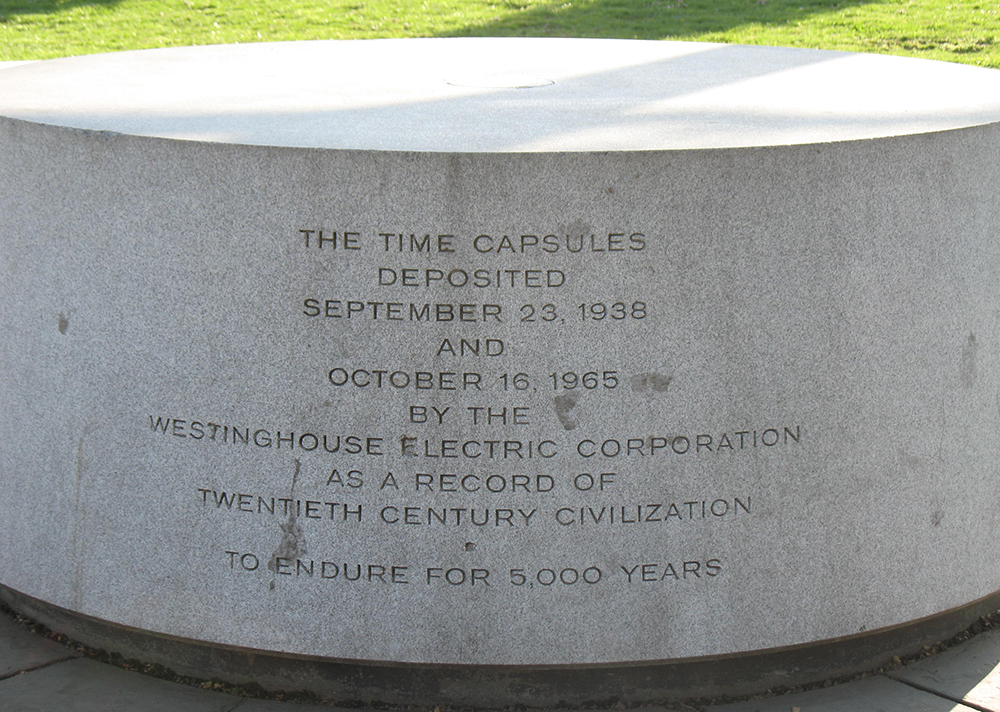
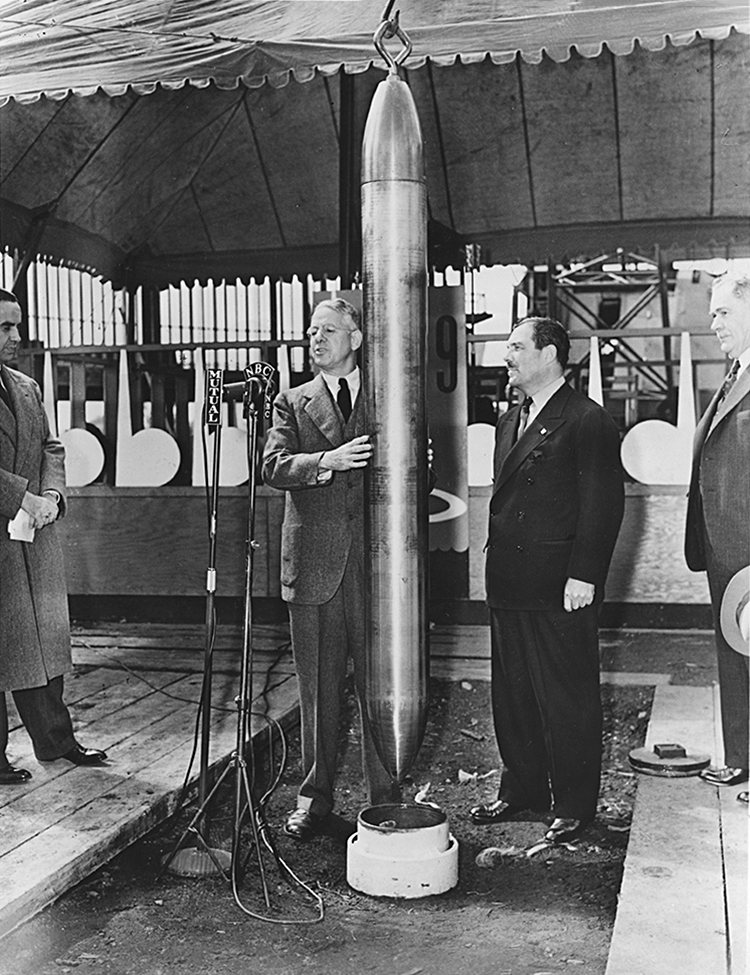
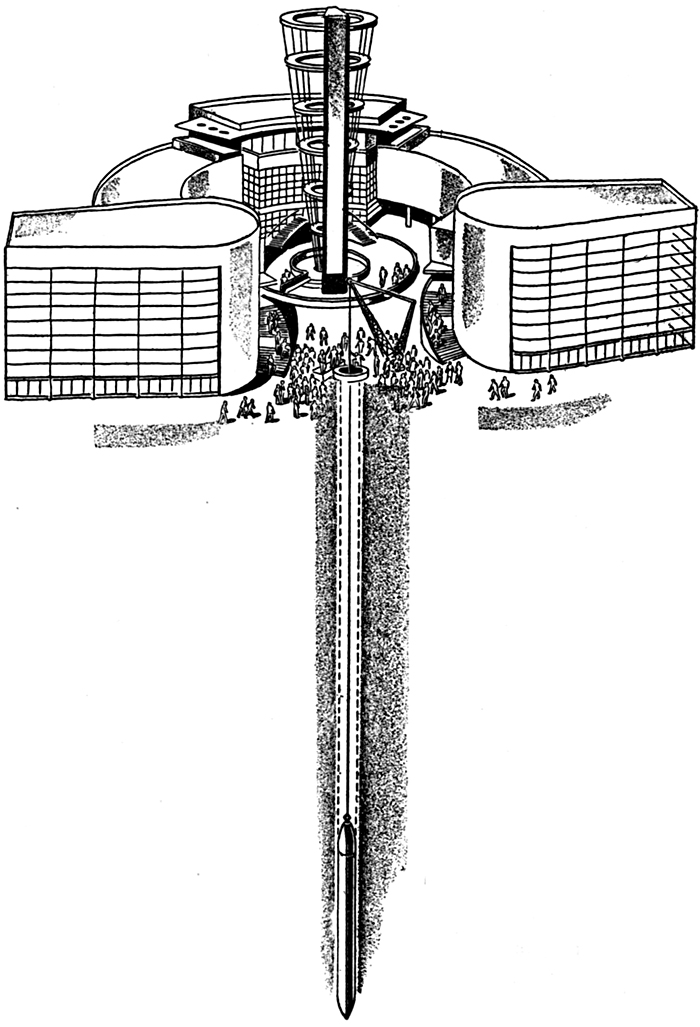
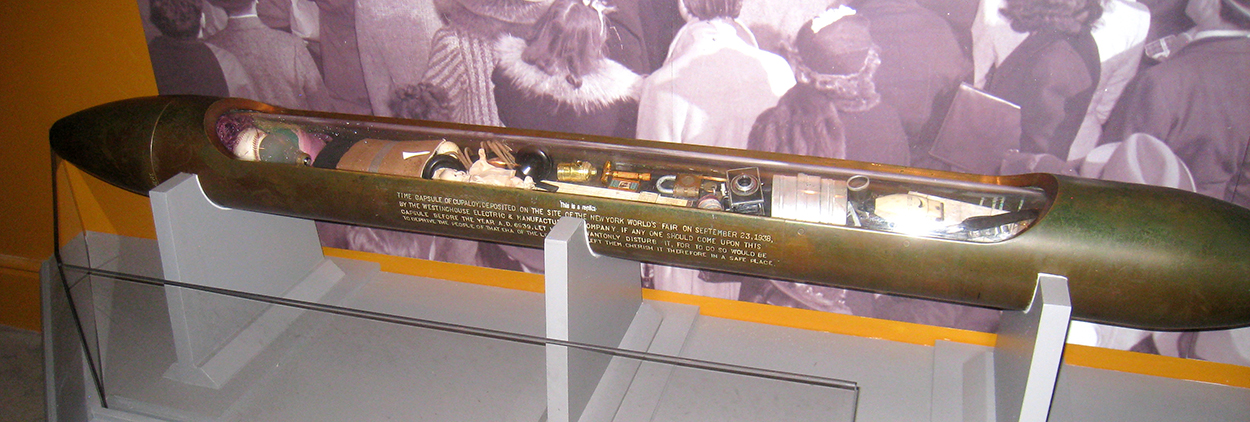
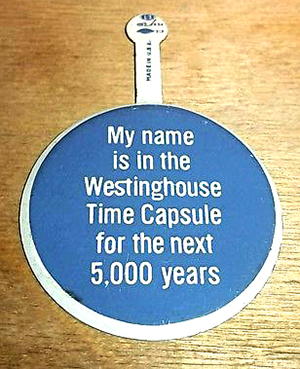

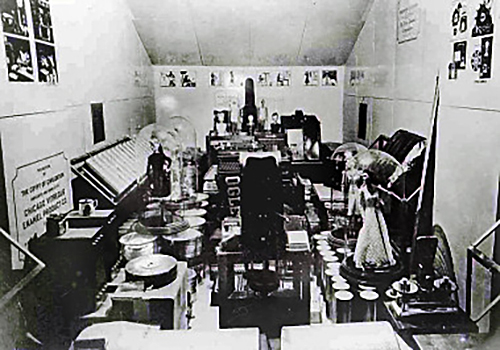
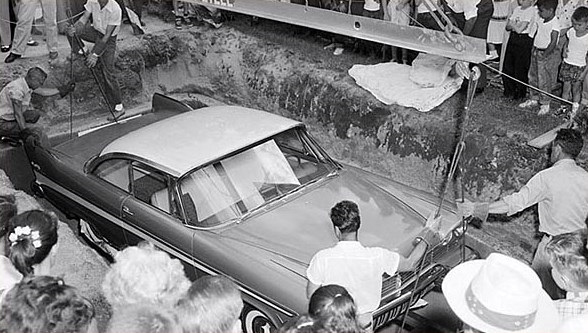












 Photograph by Daniel Schwen.
Photograph by Daniel Schwen.
